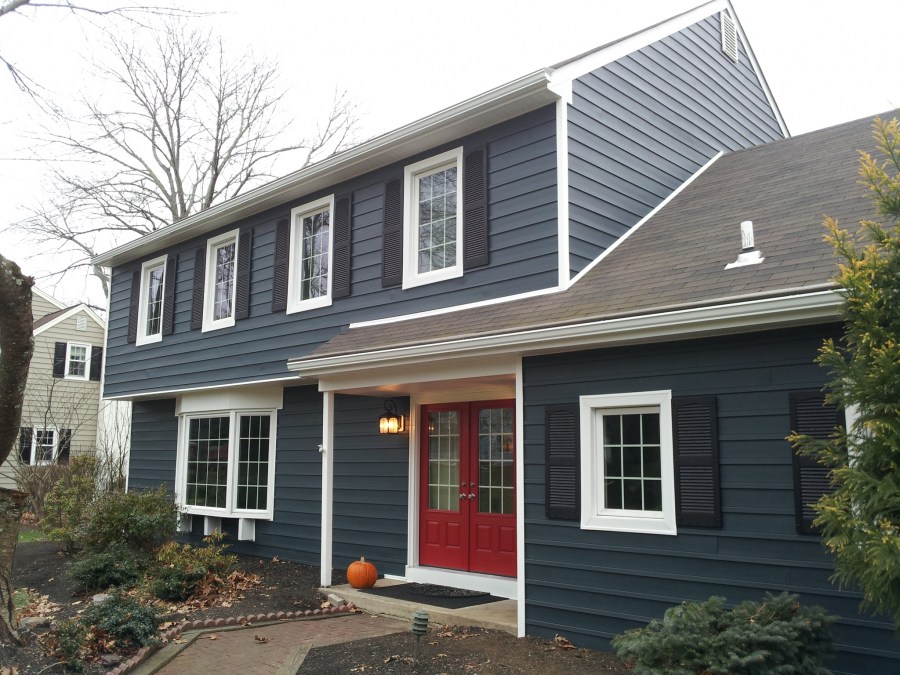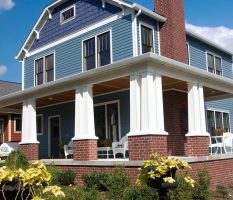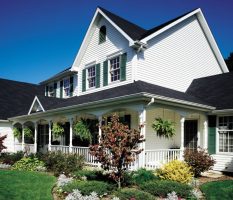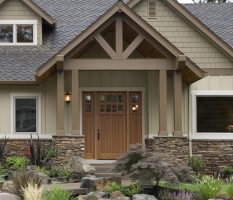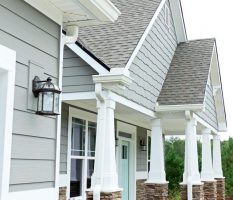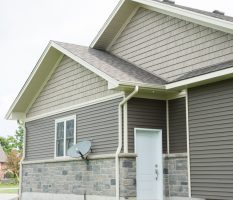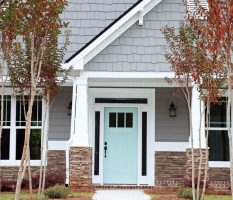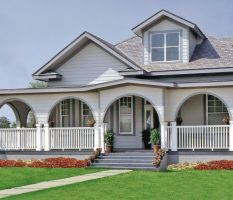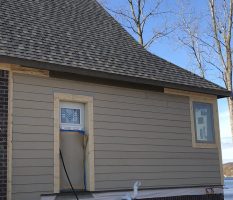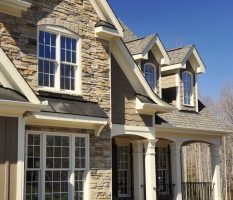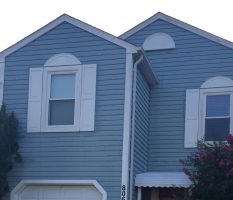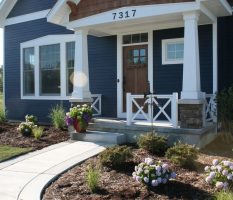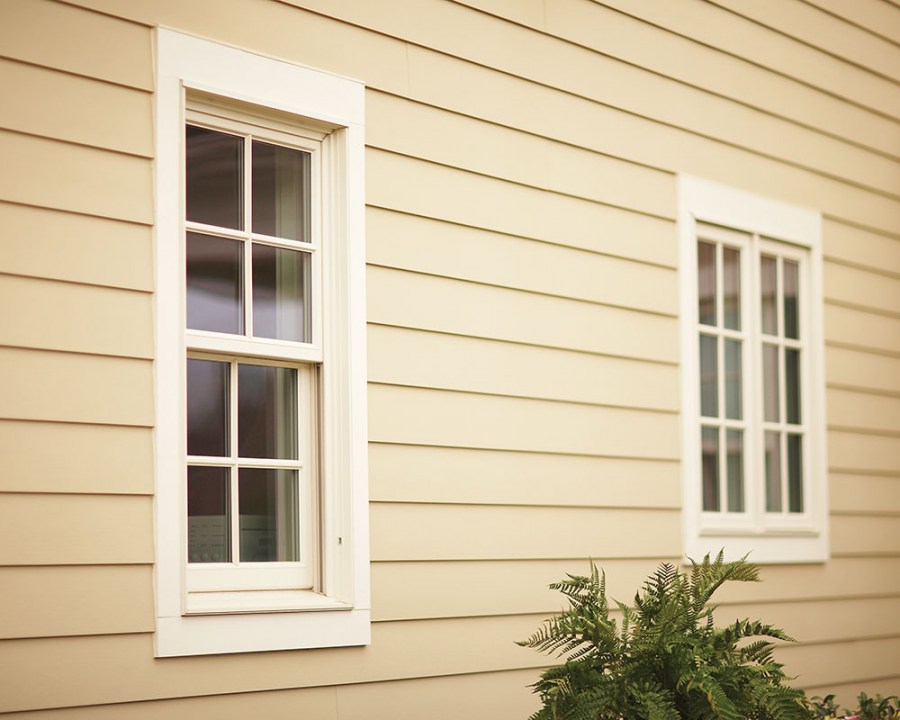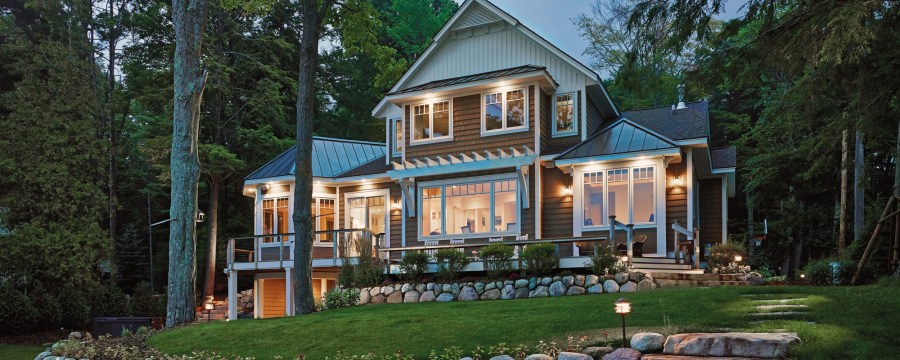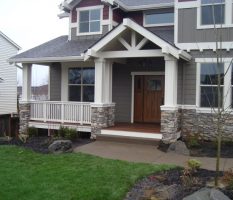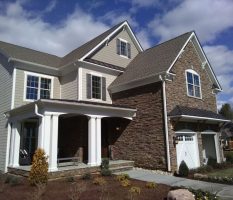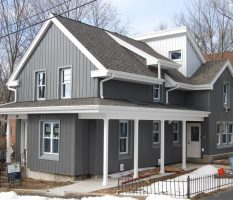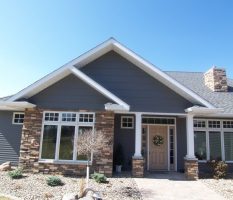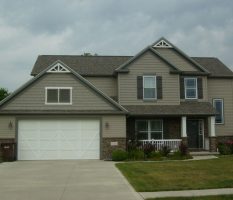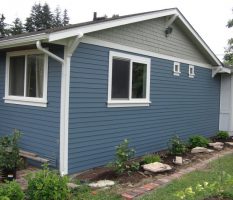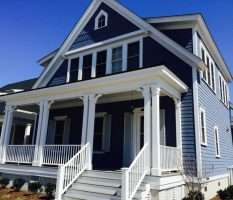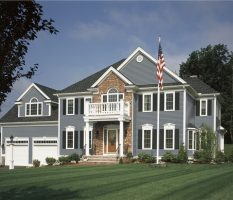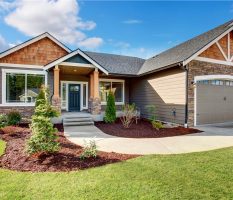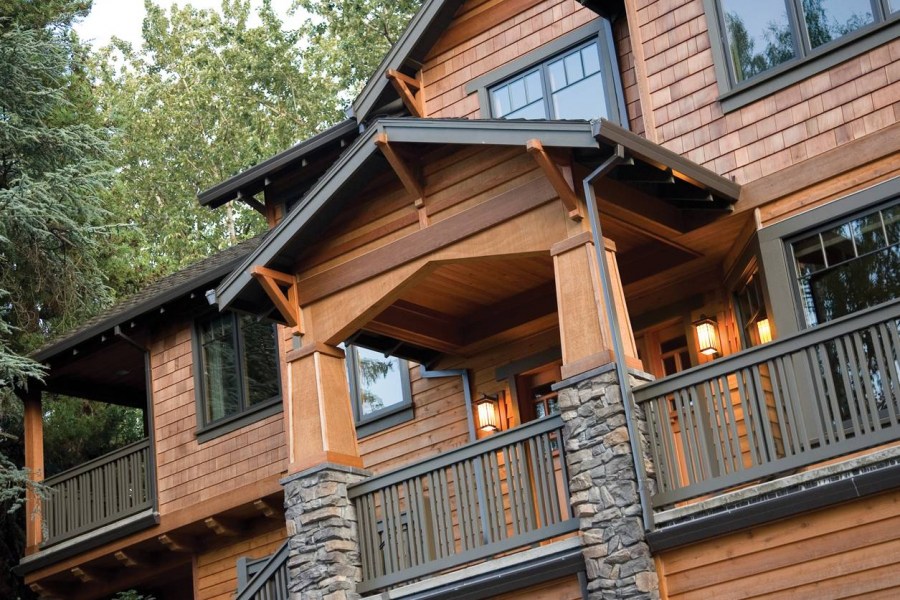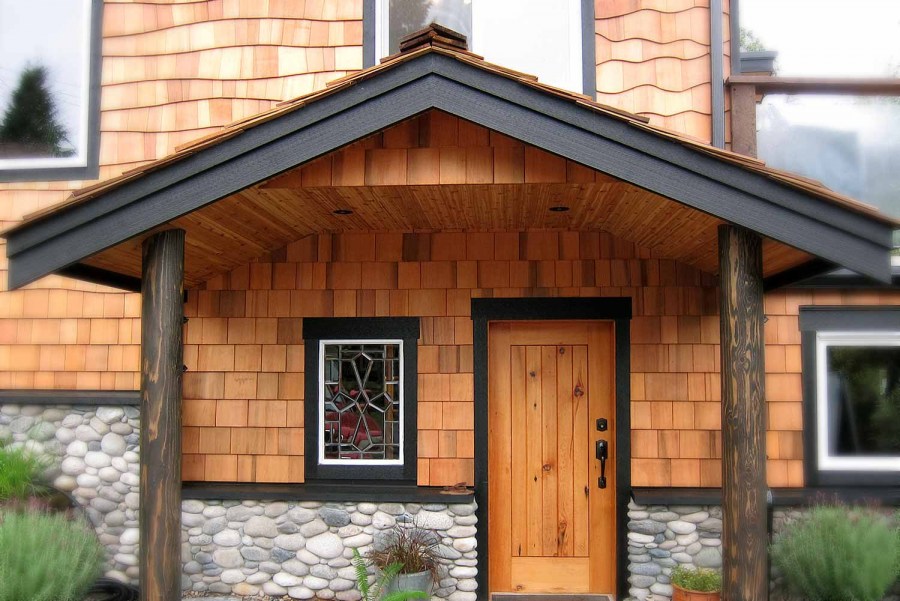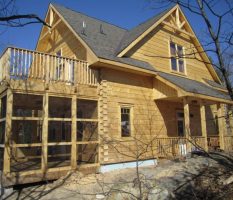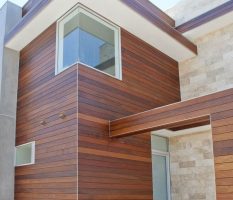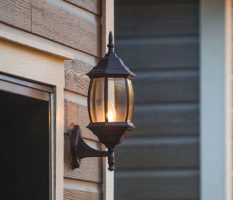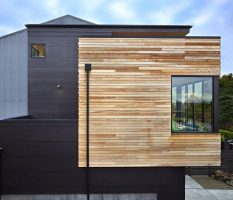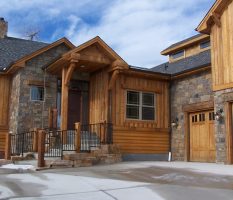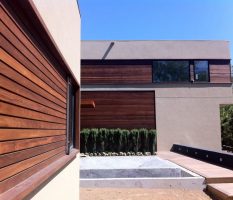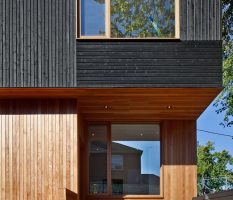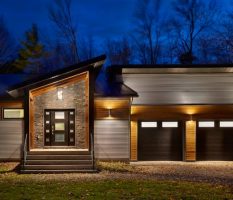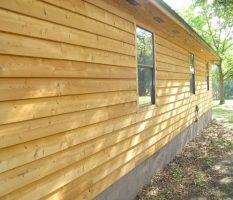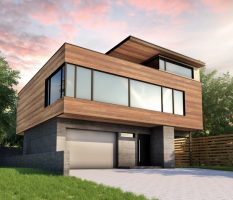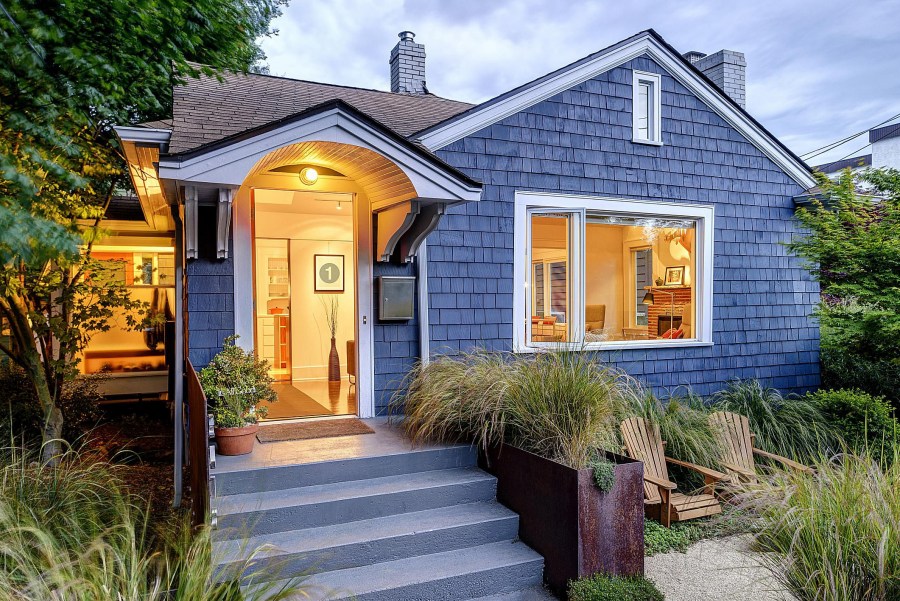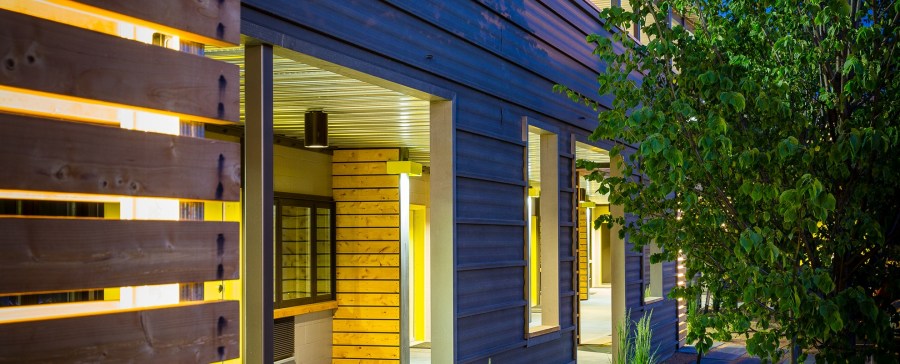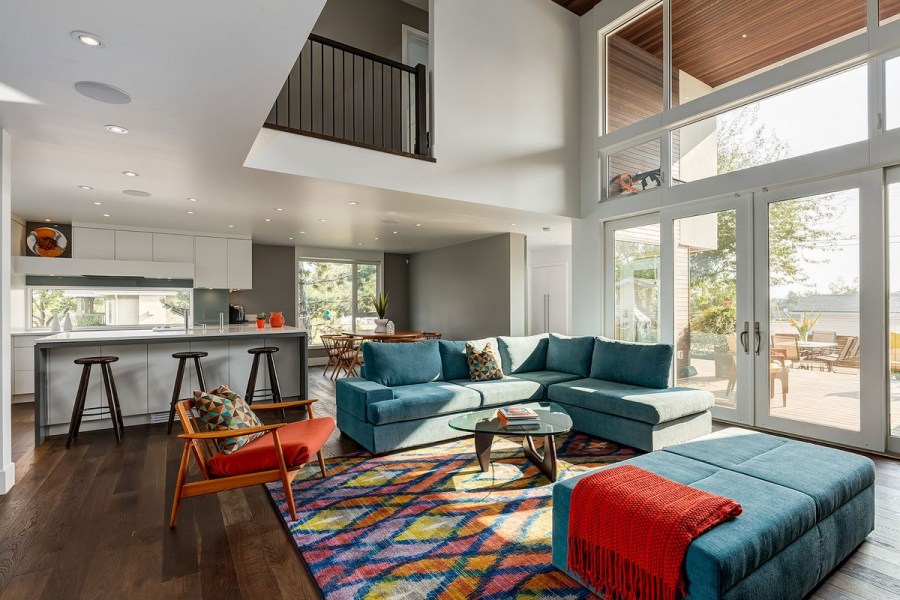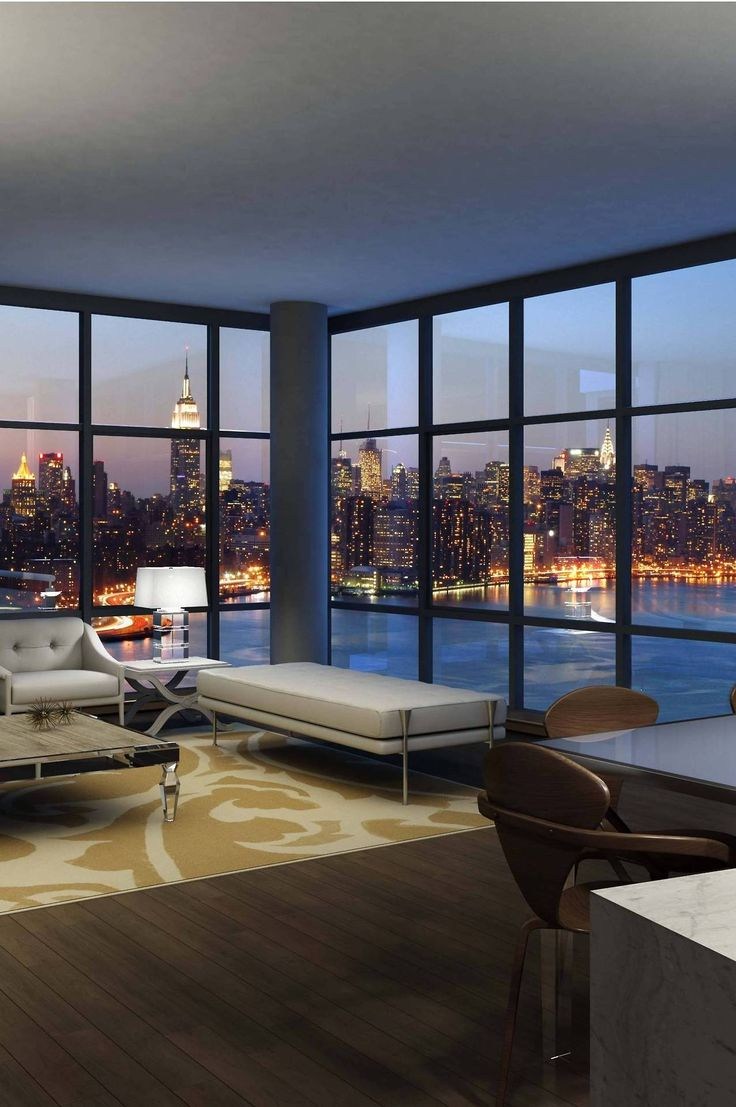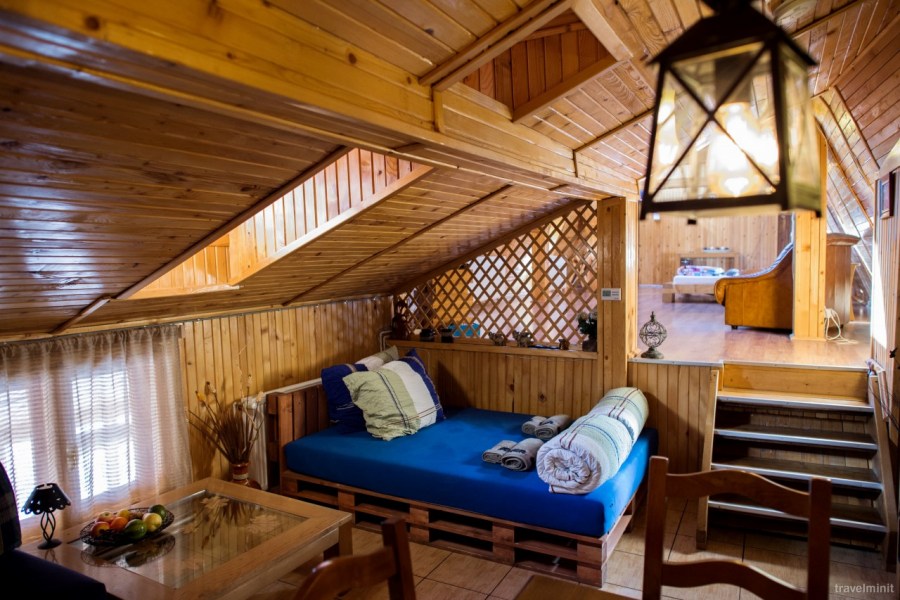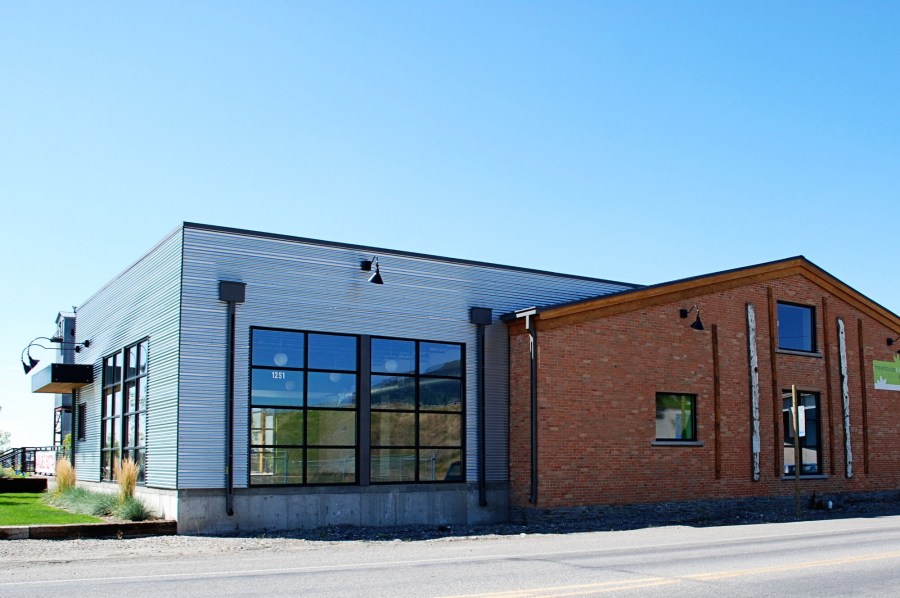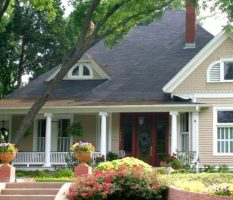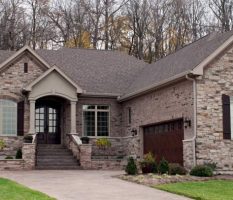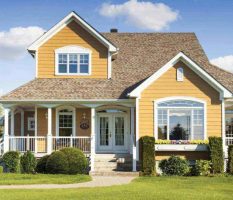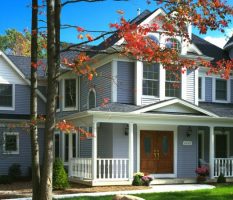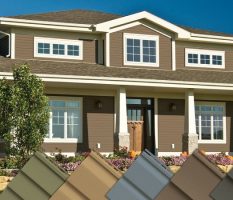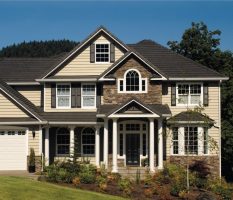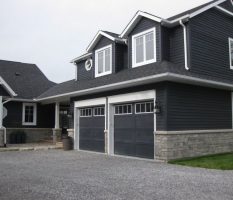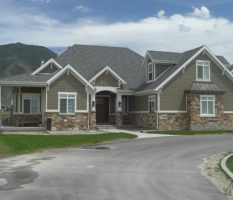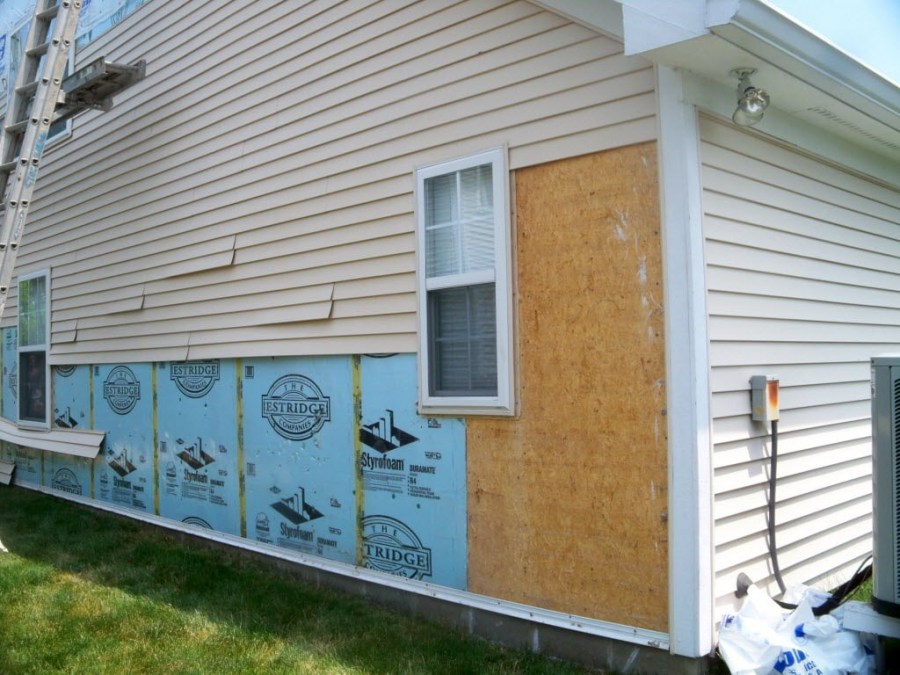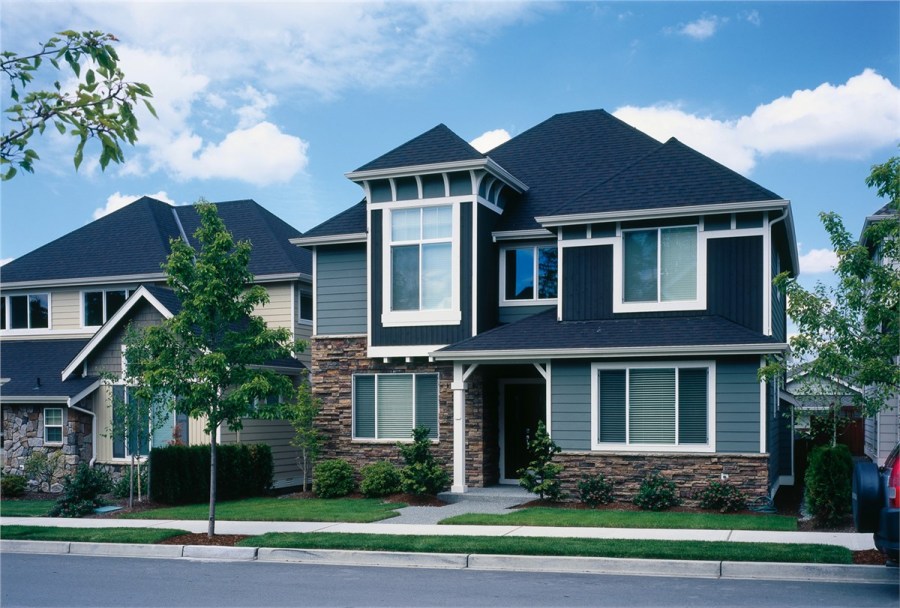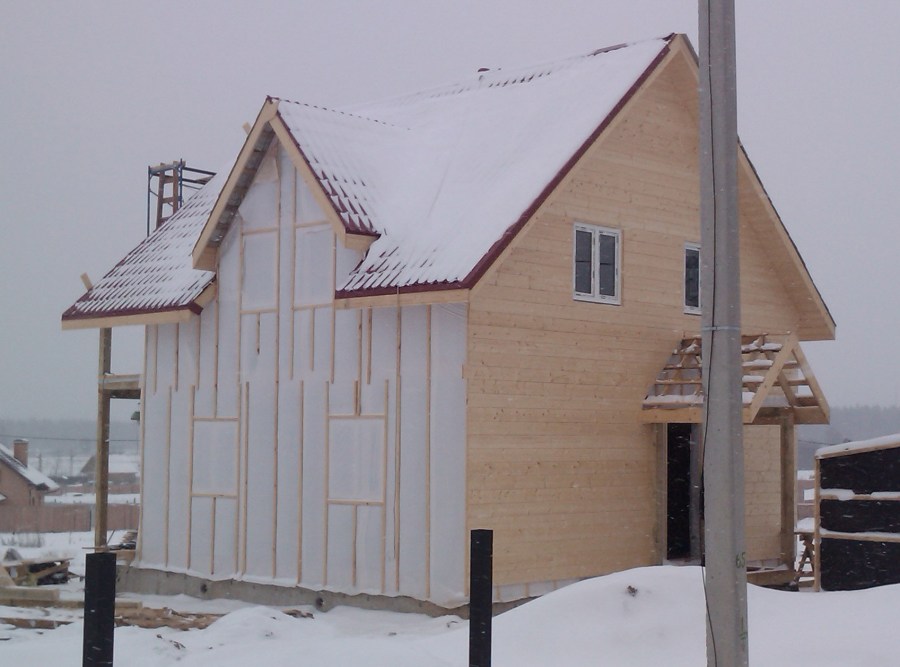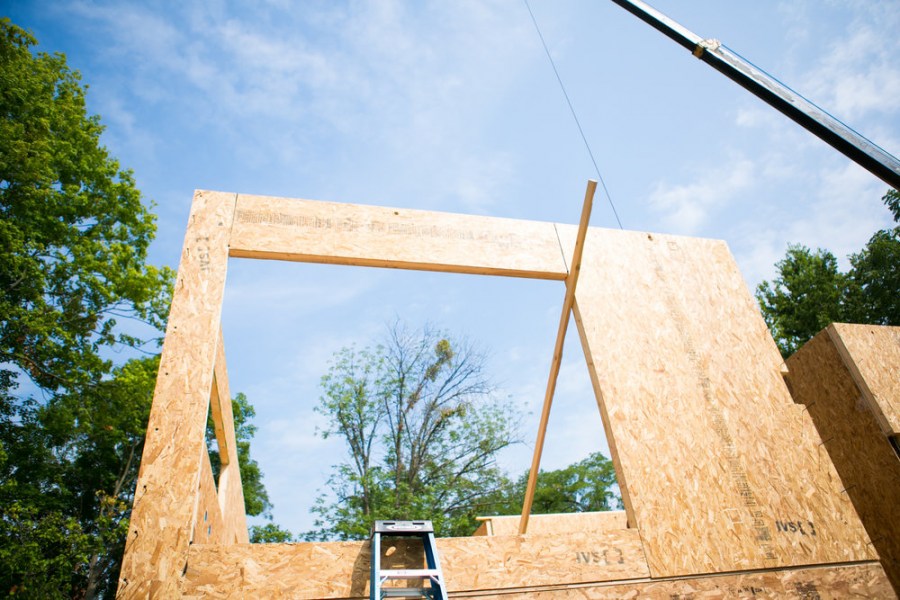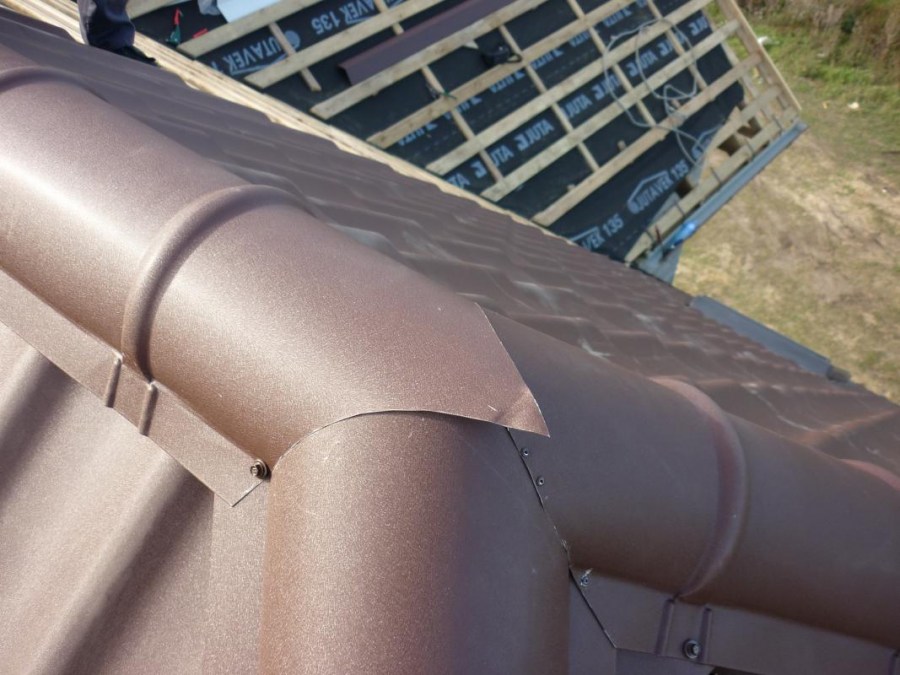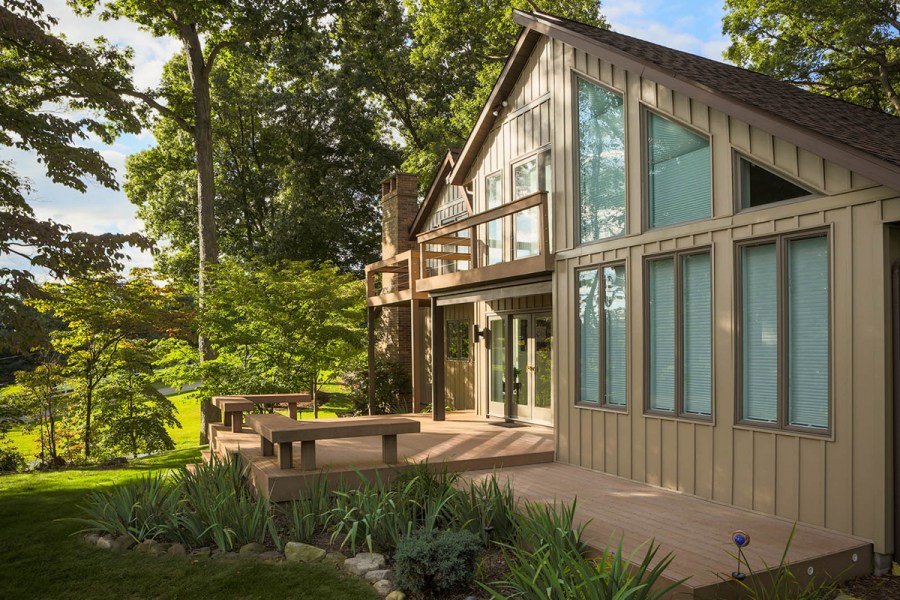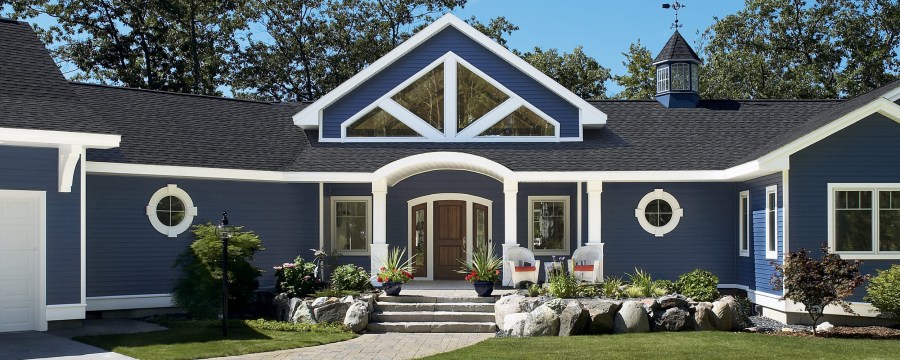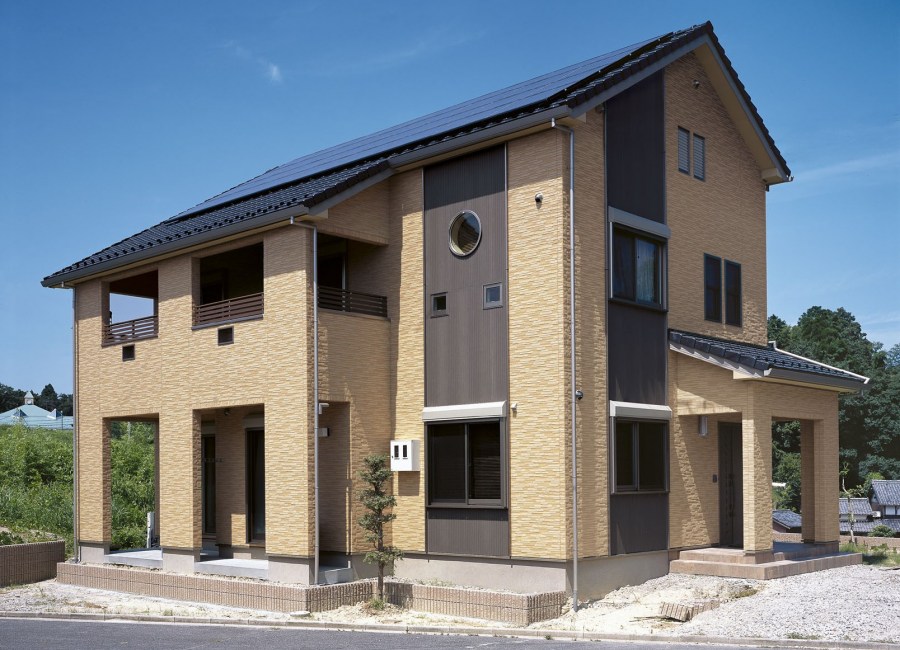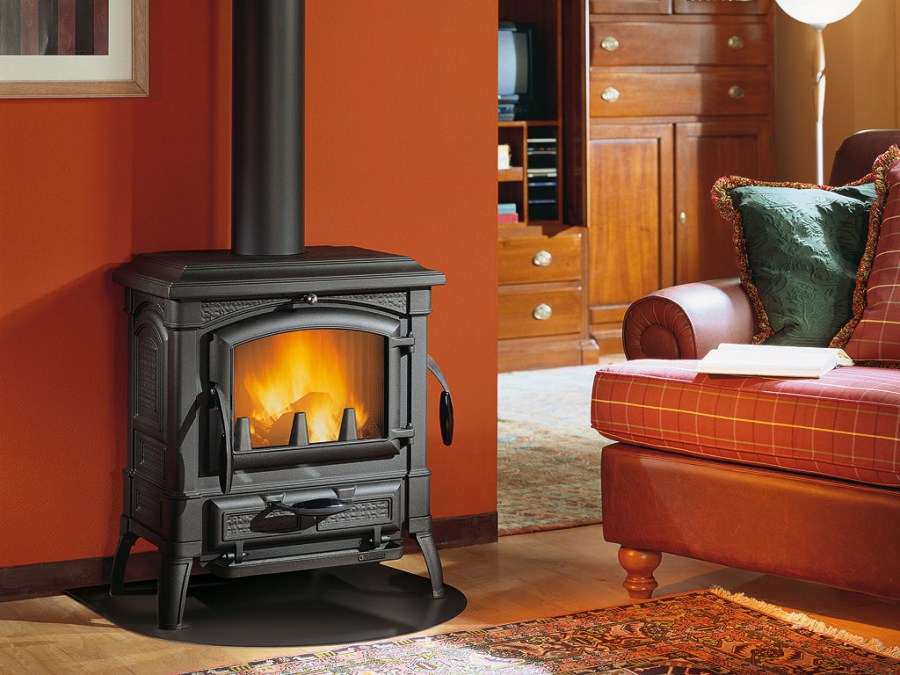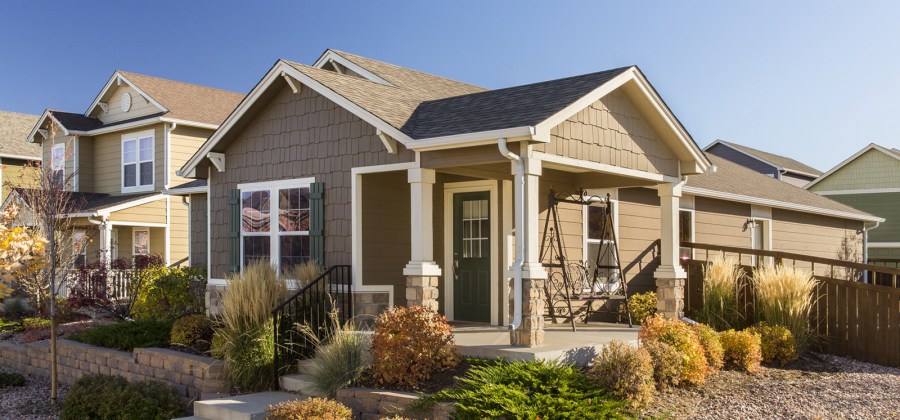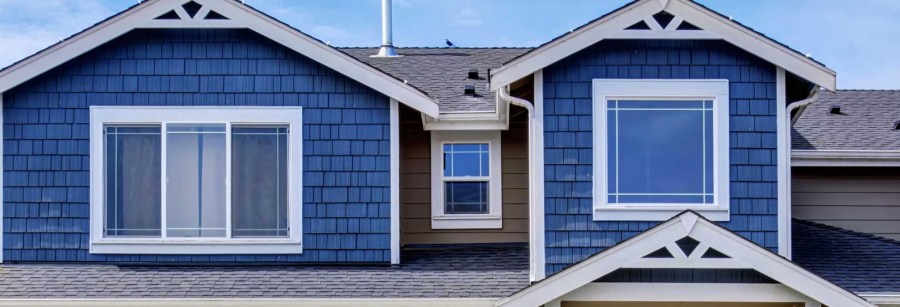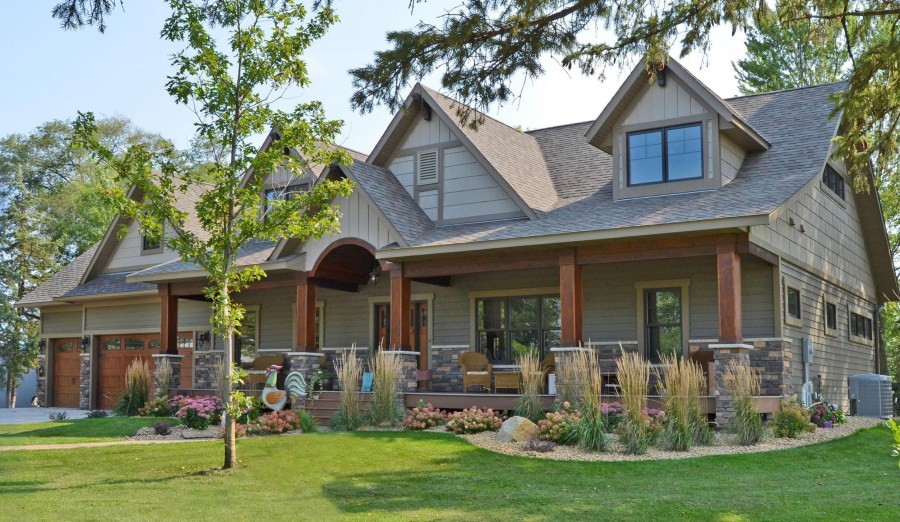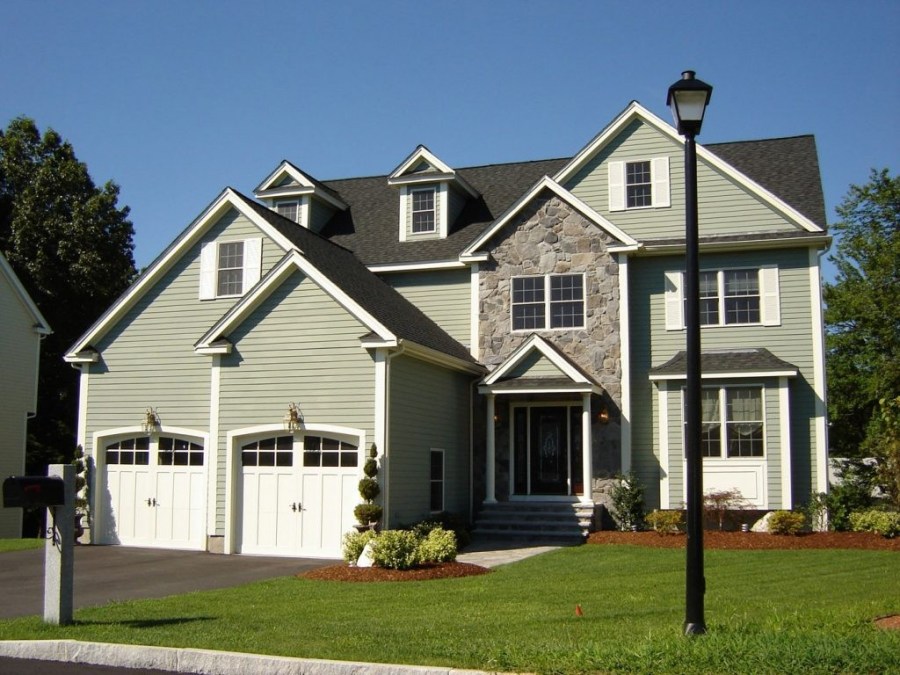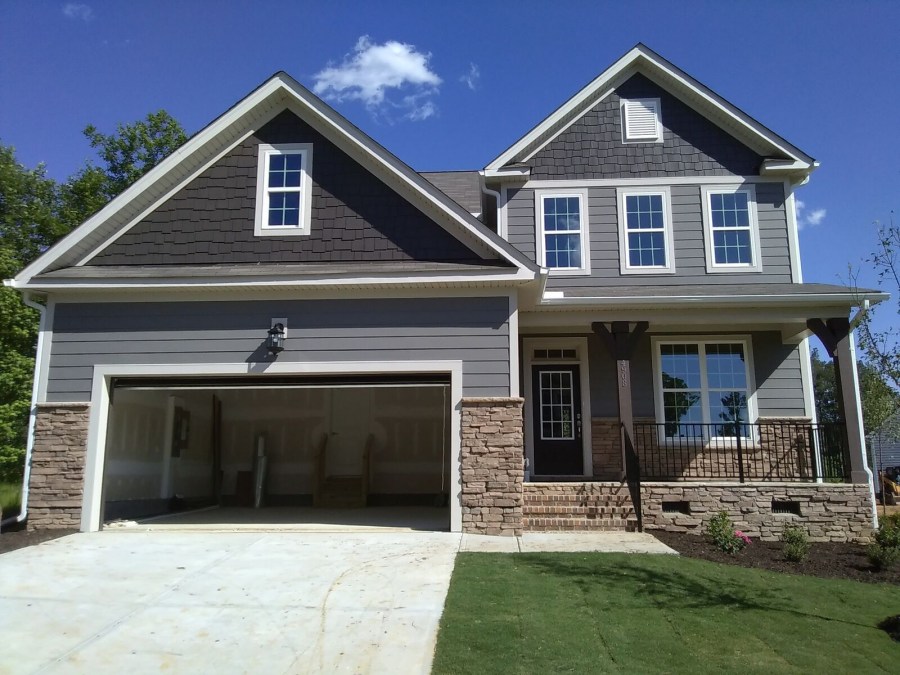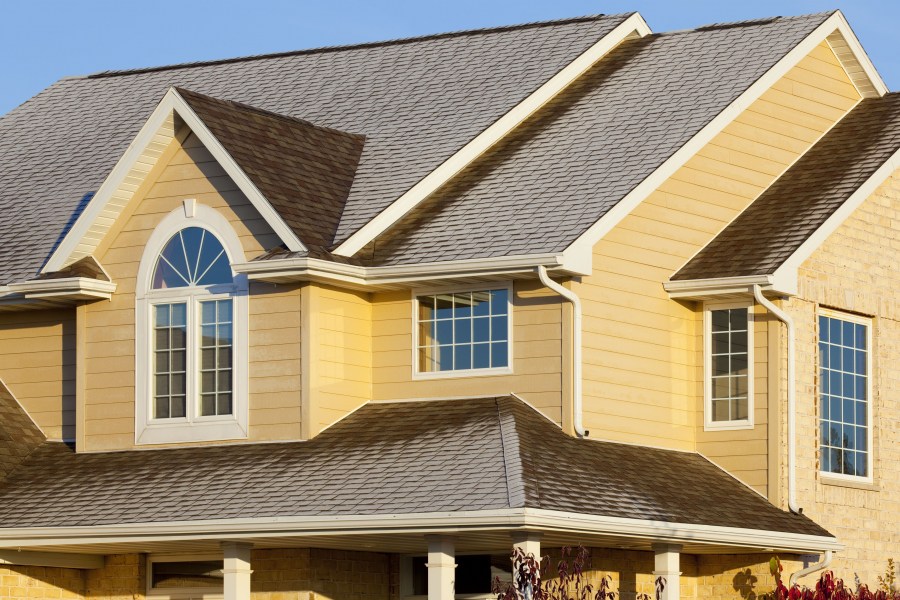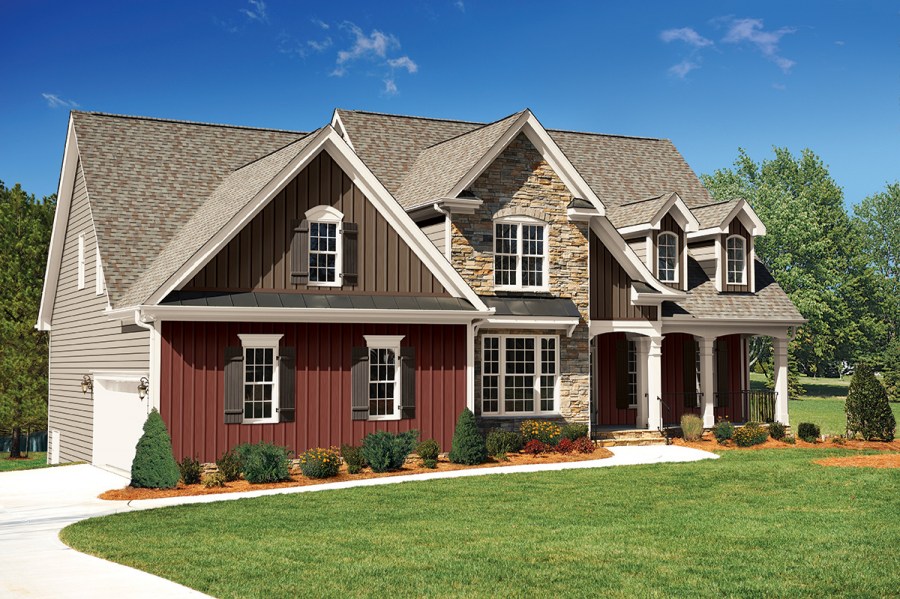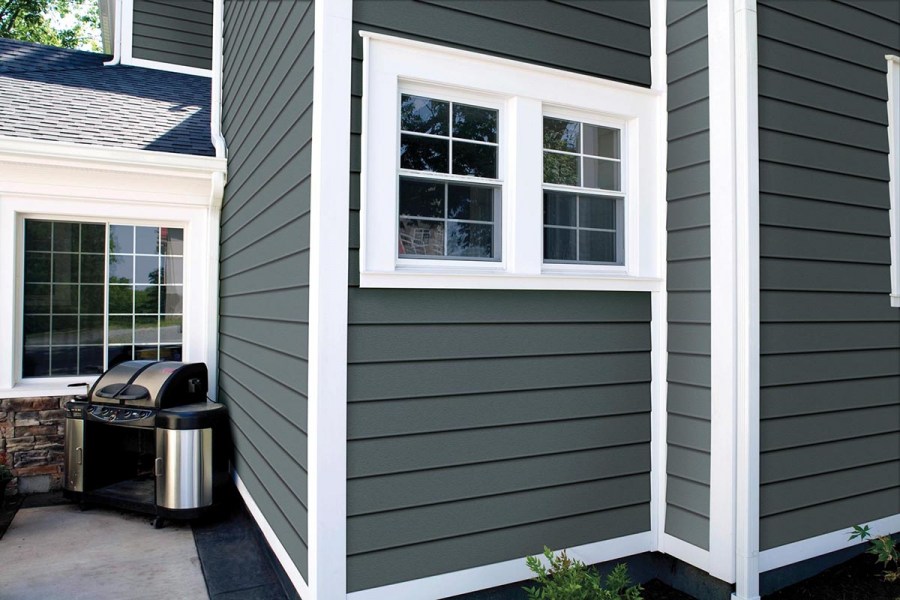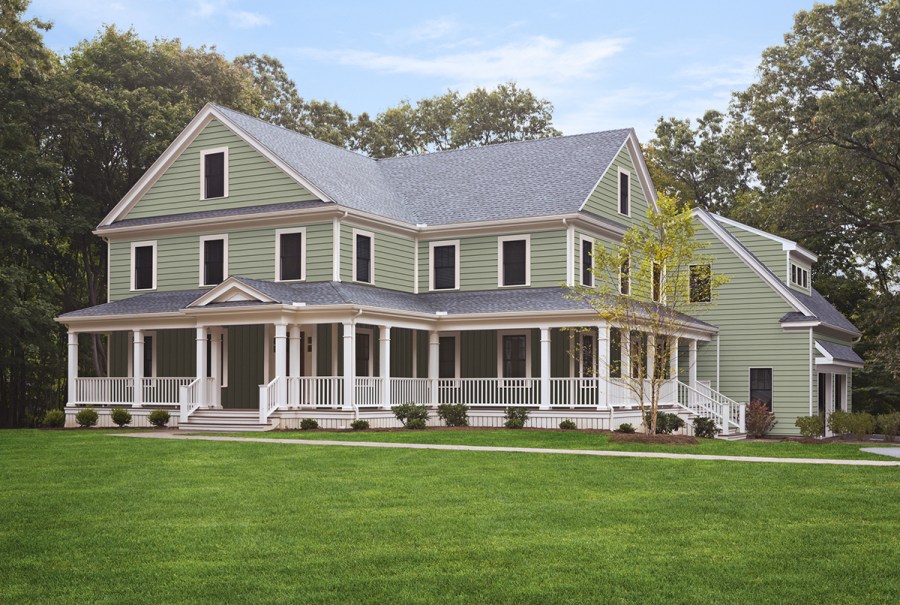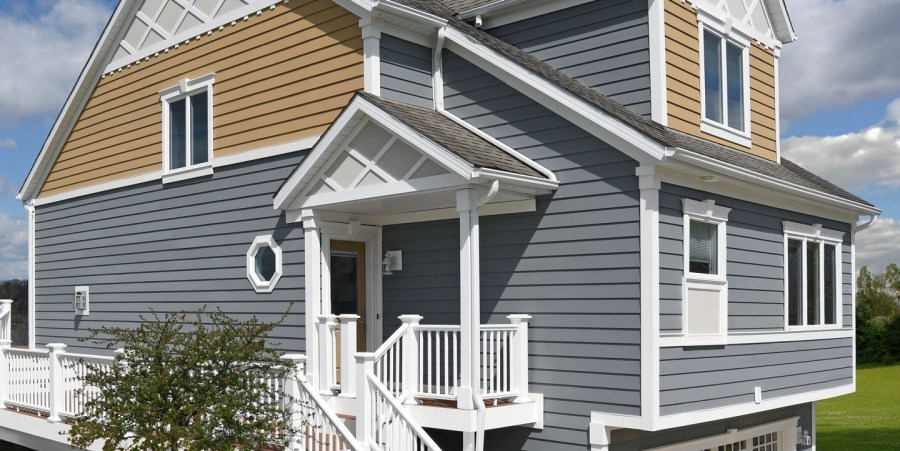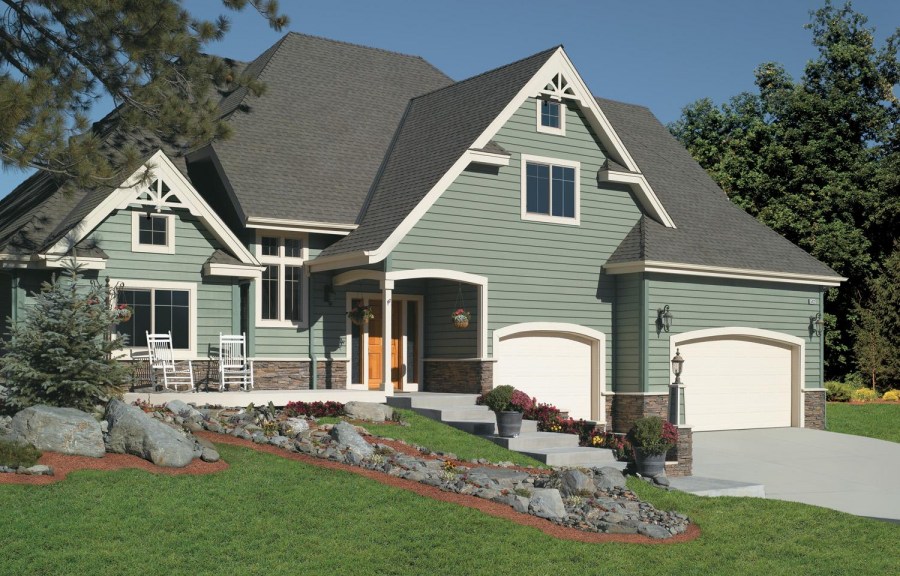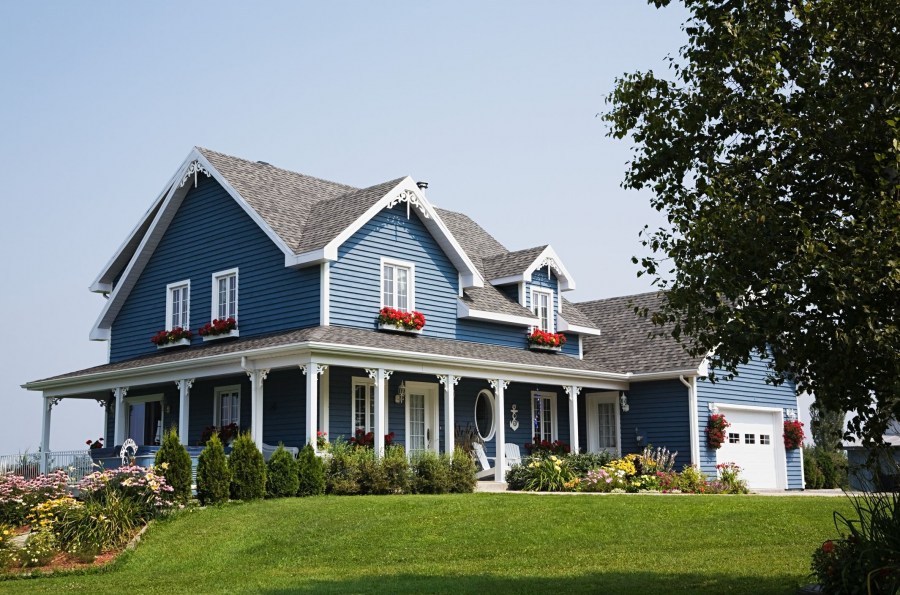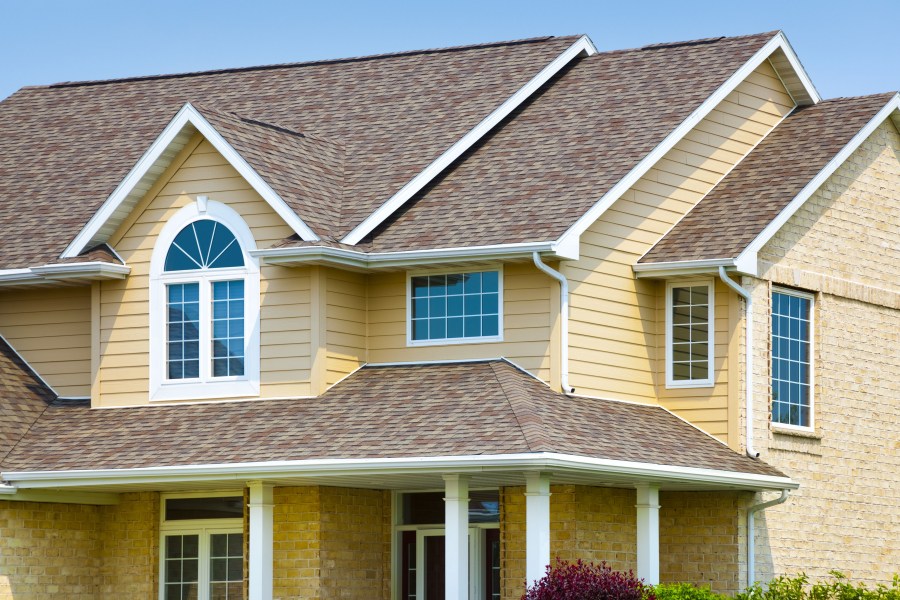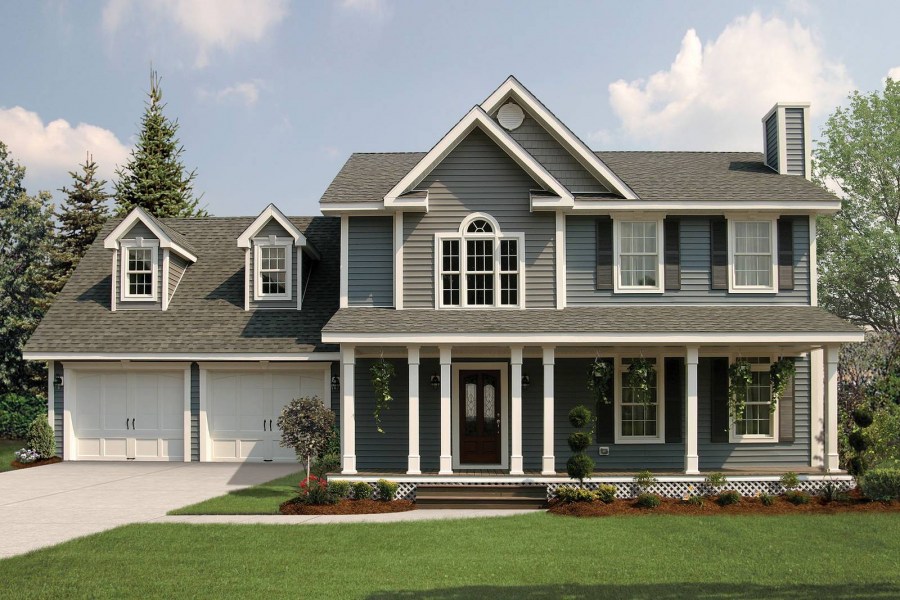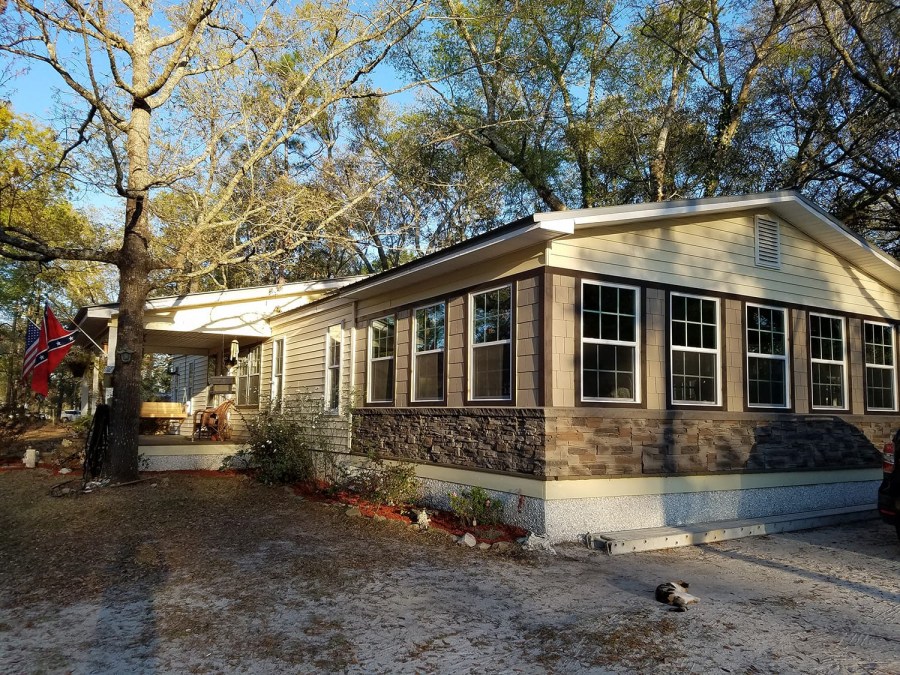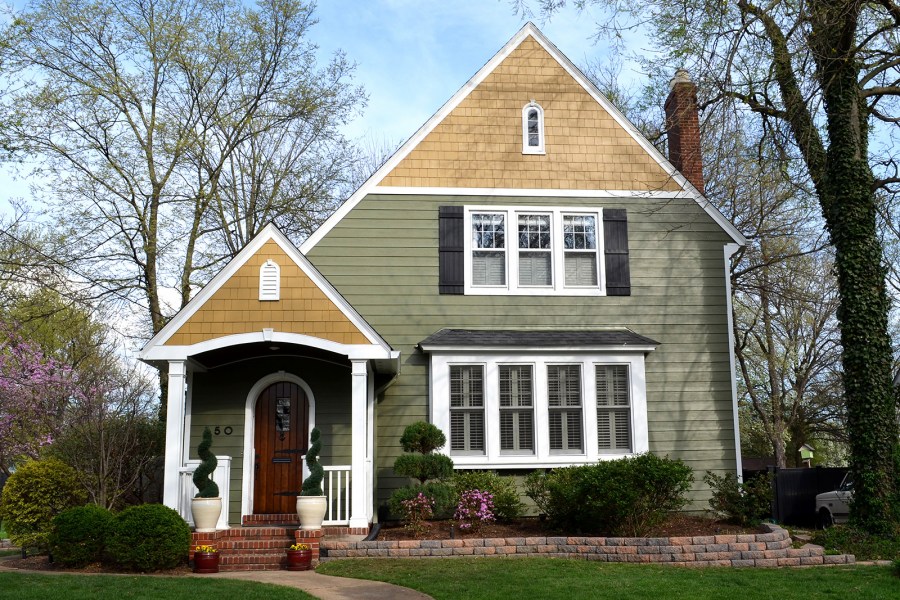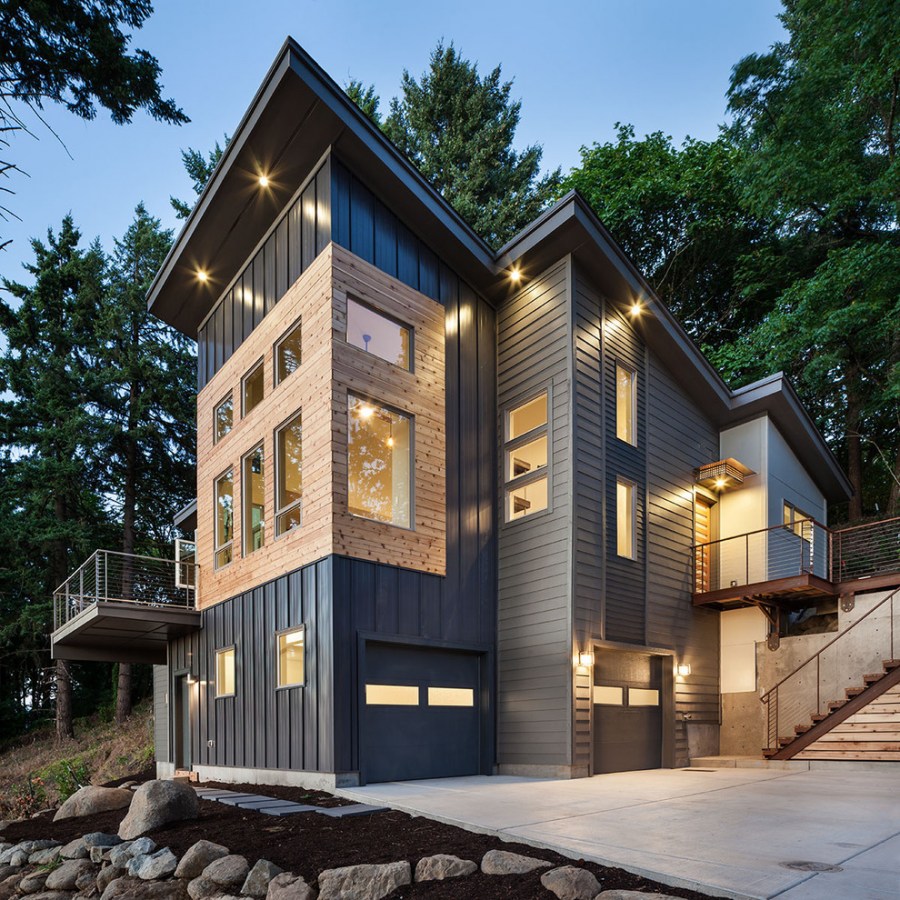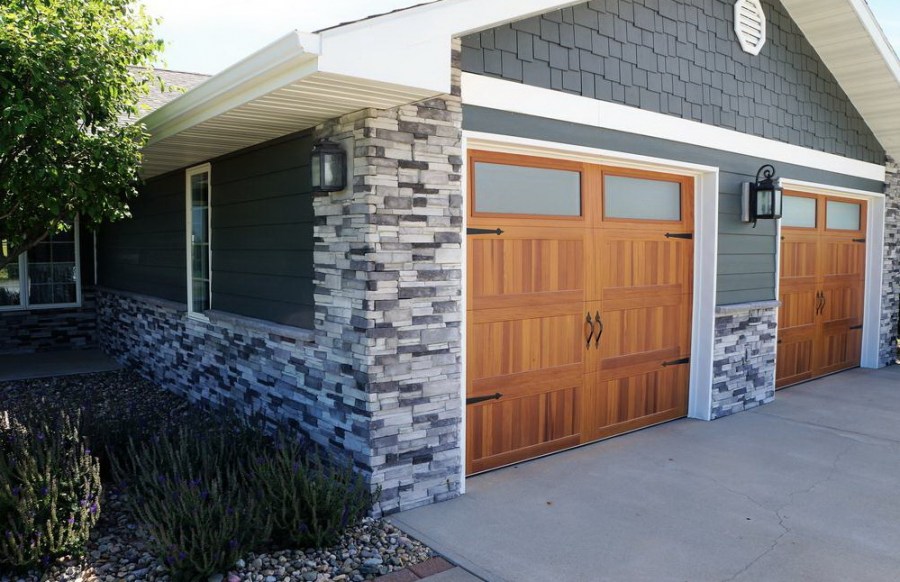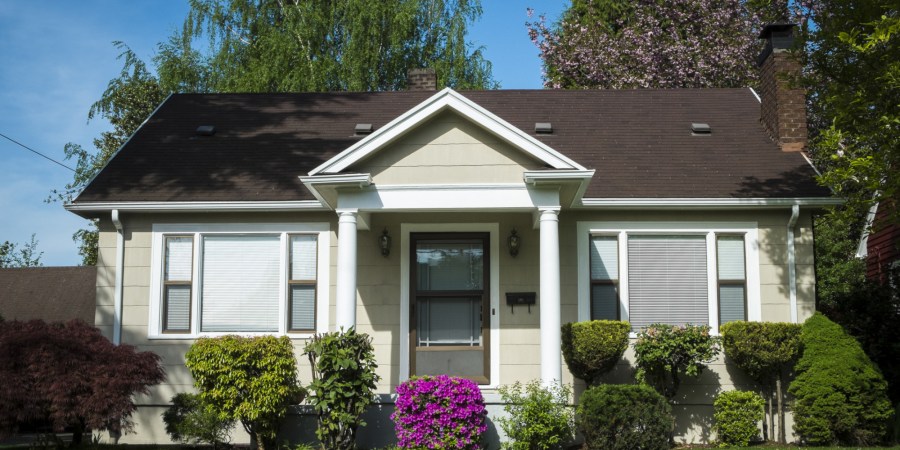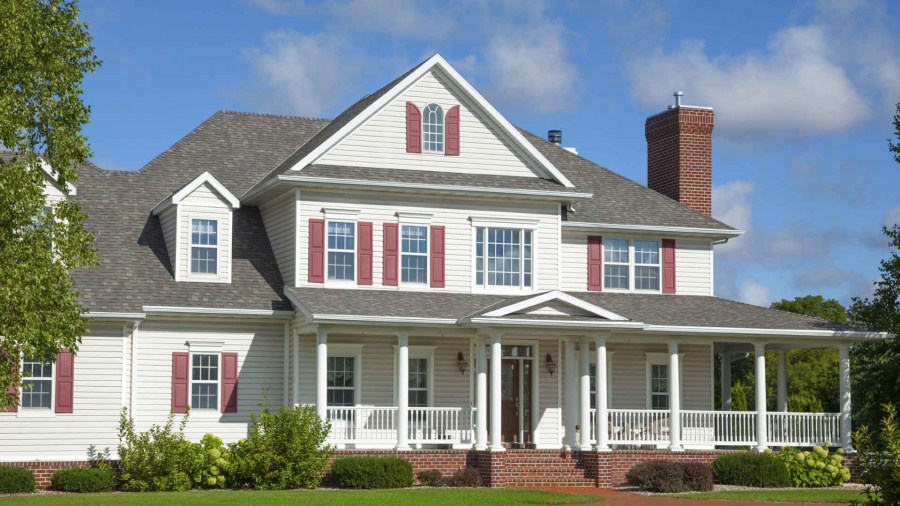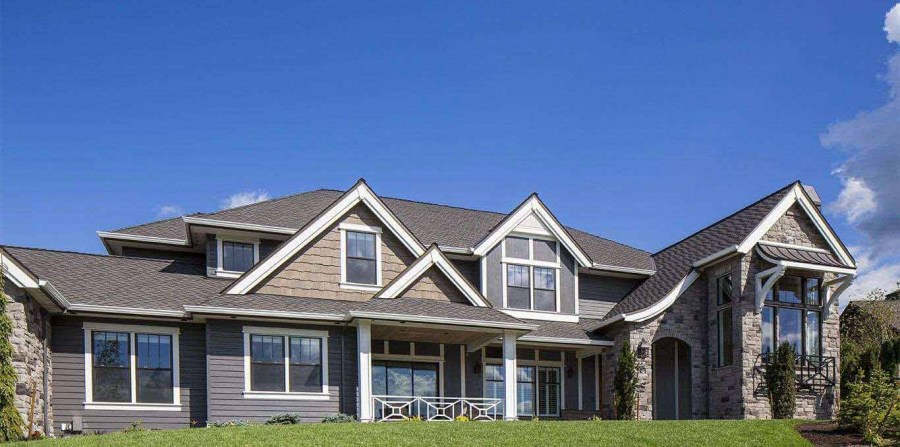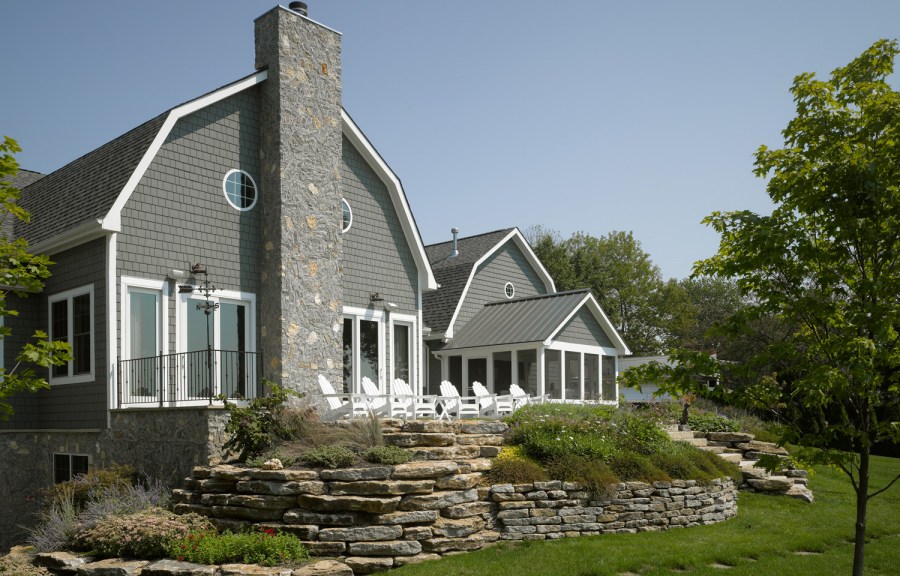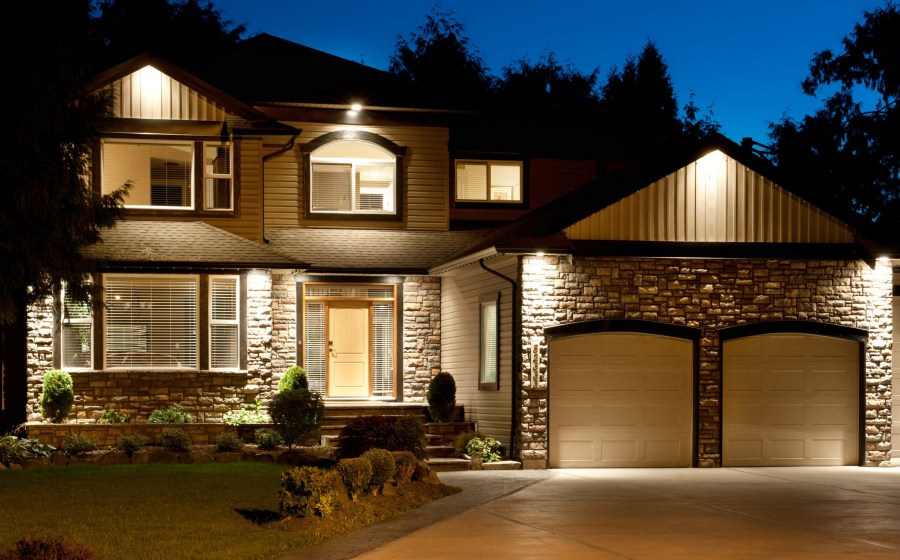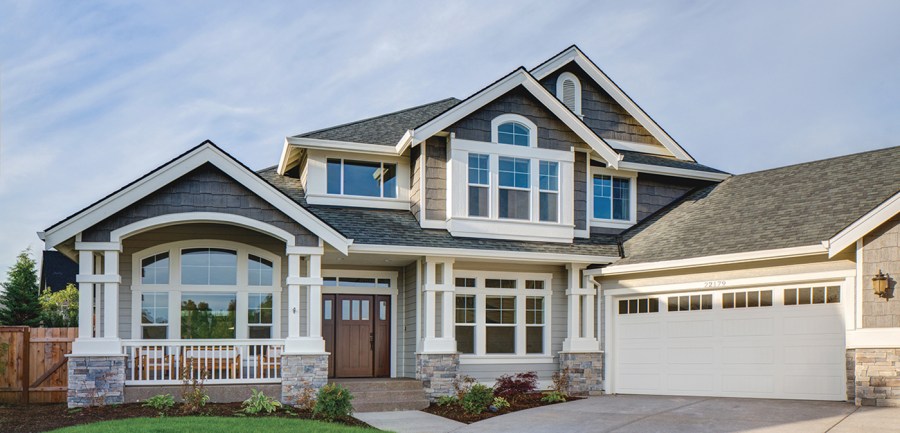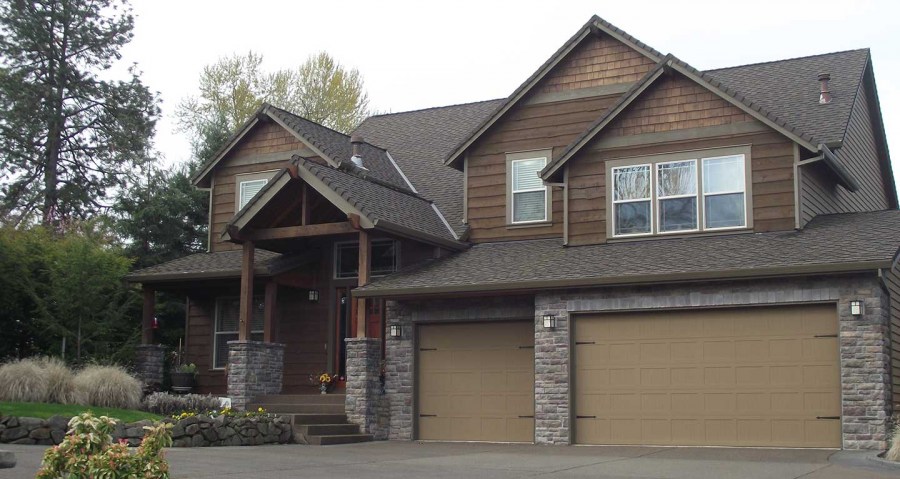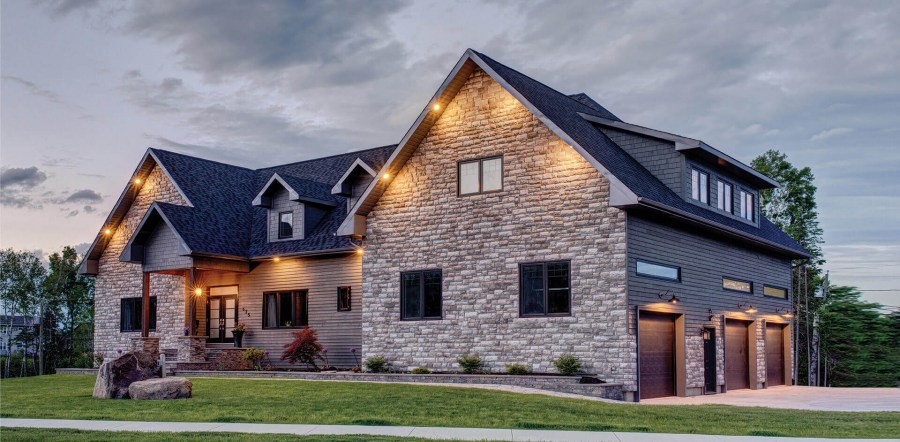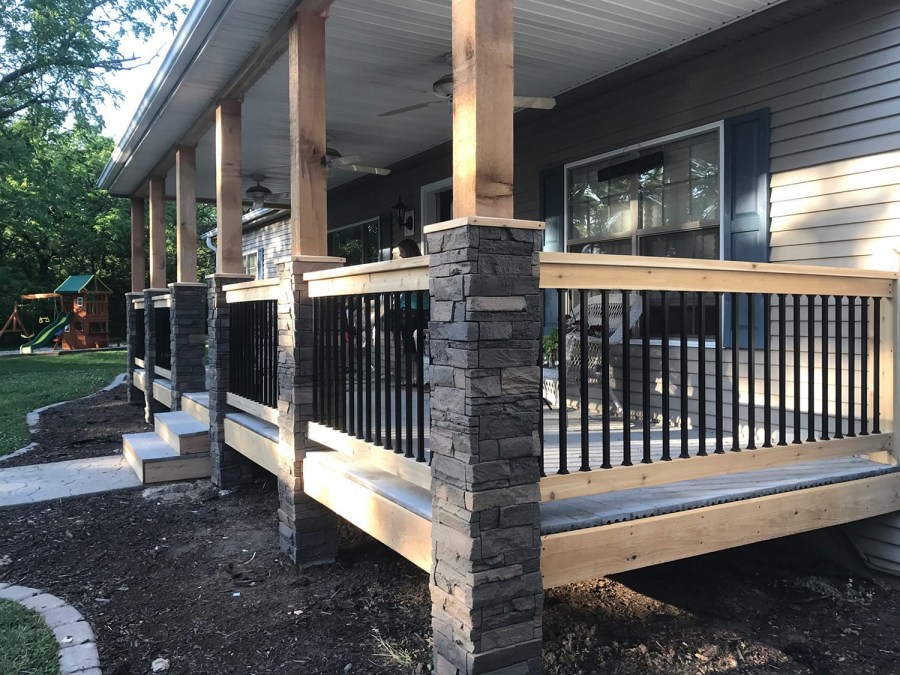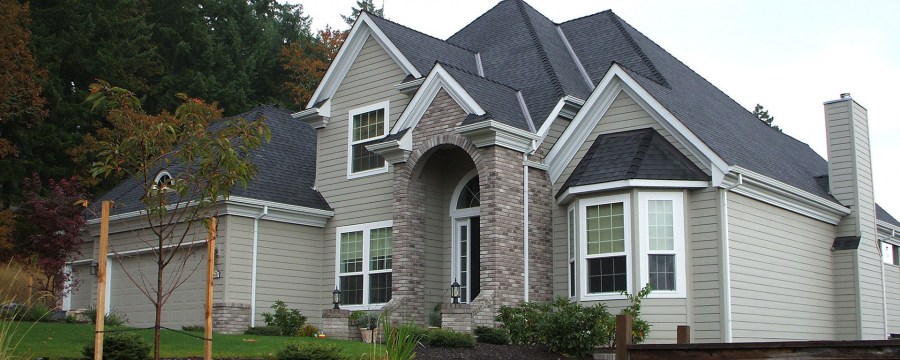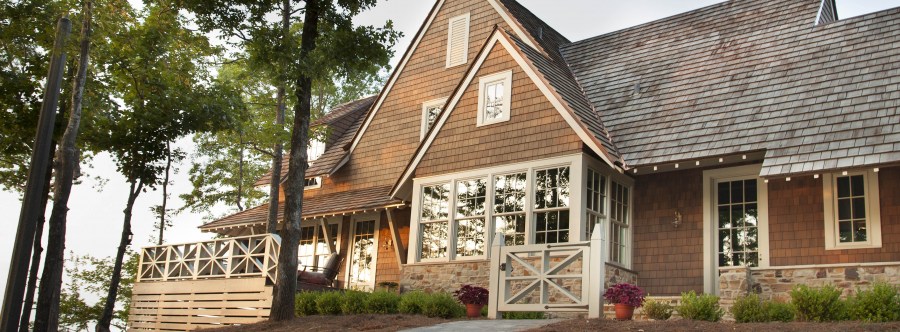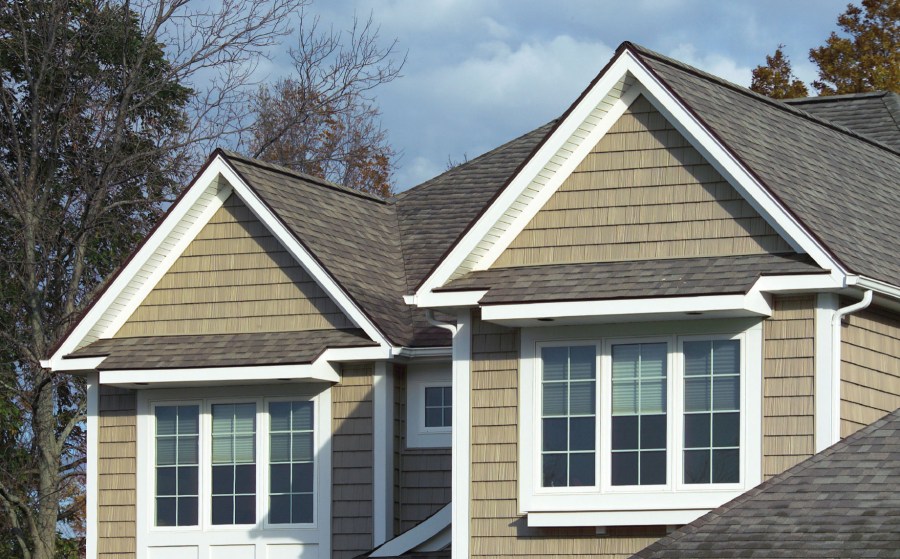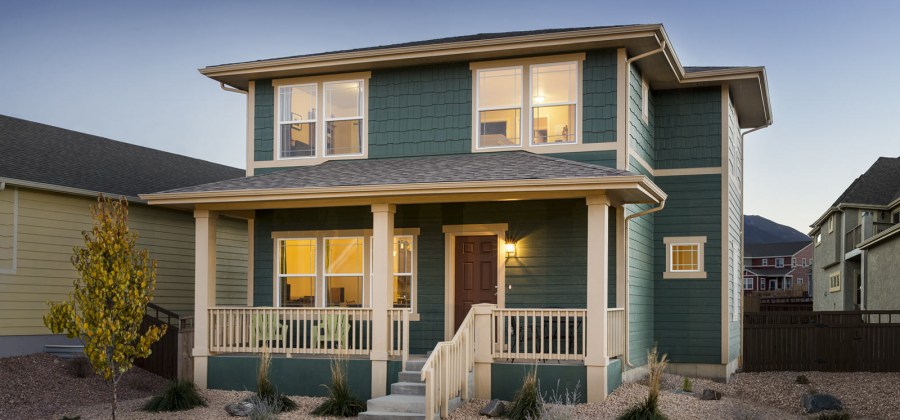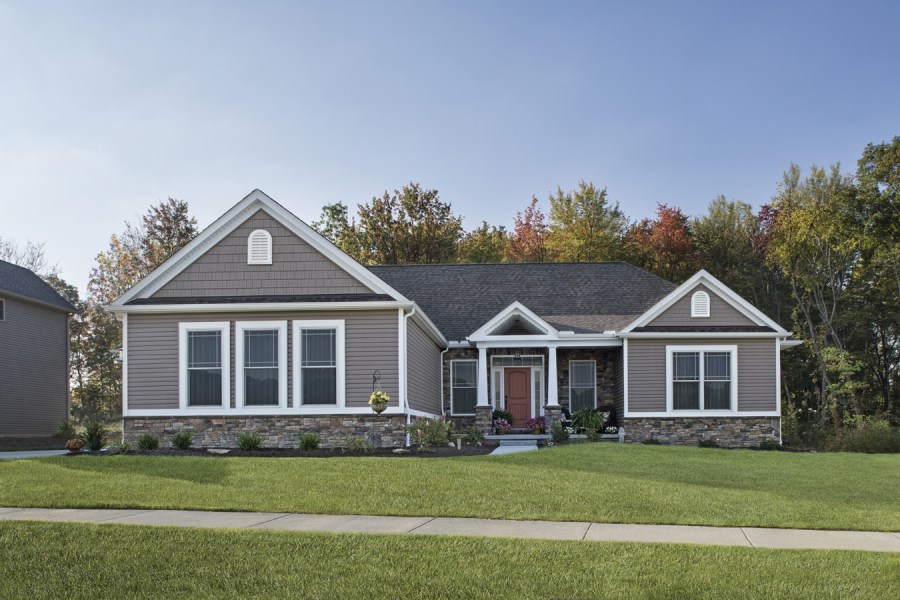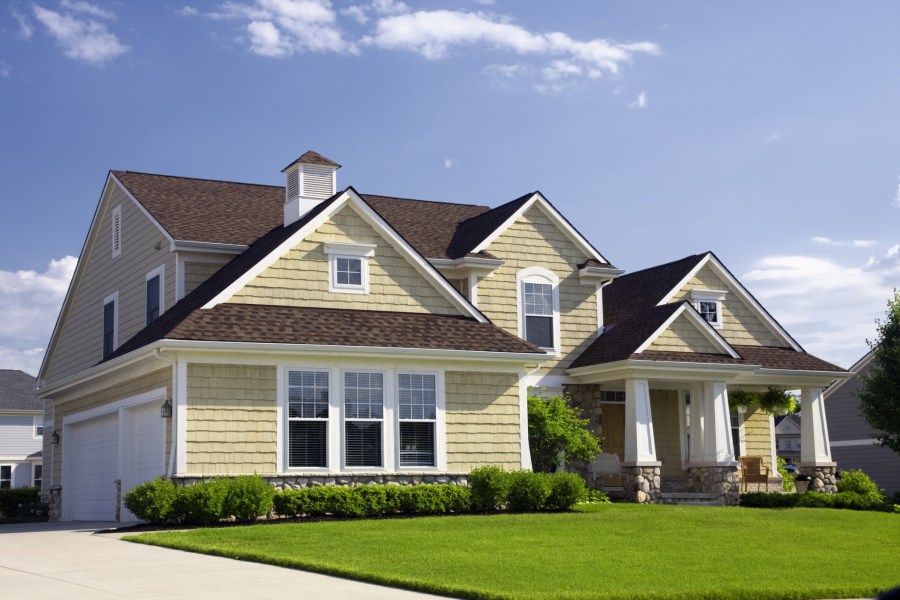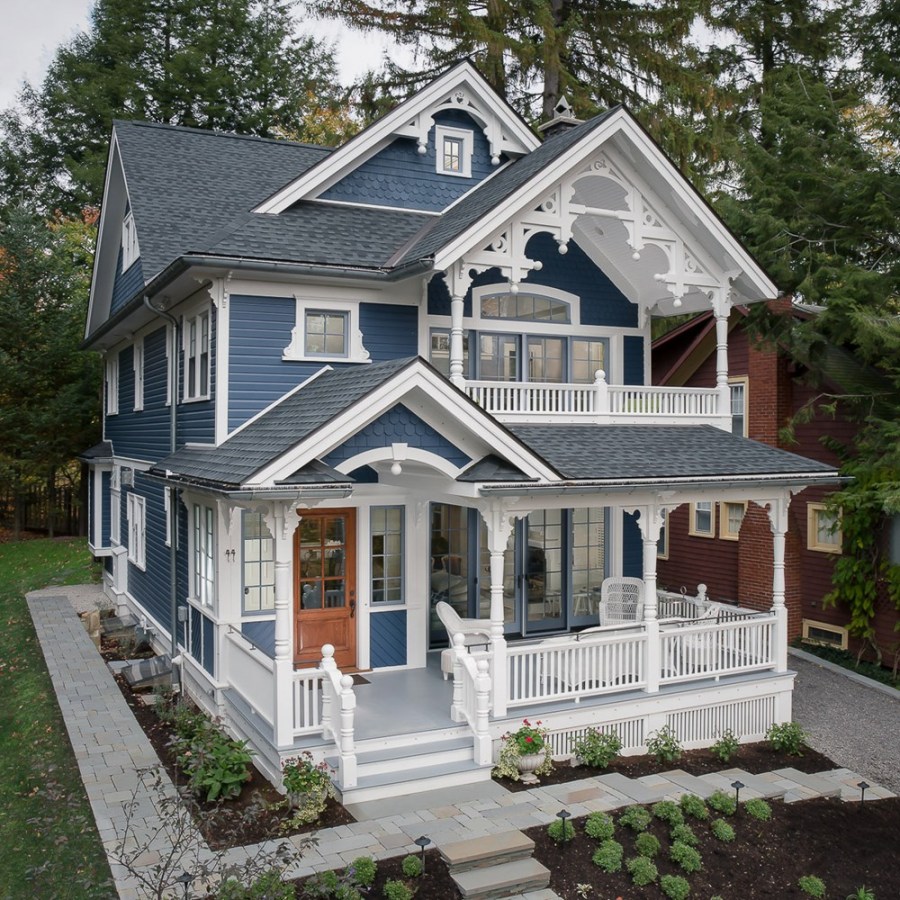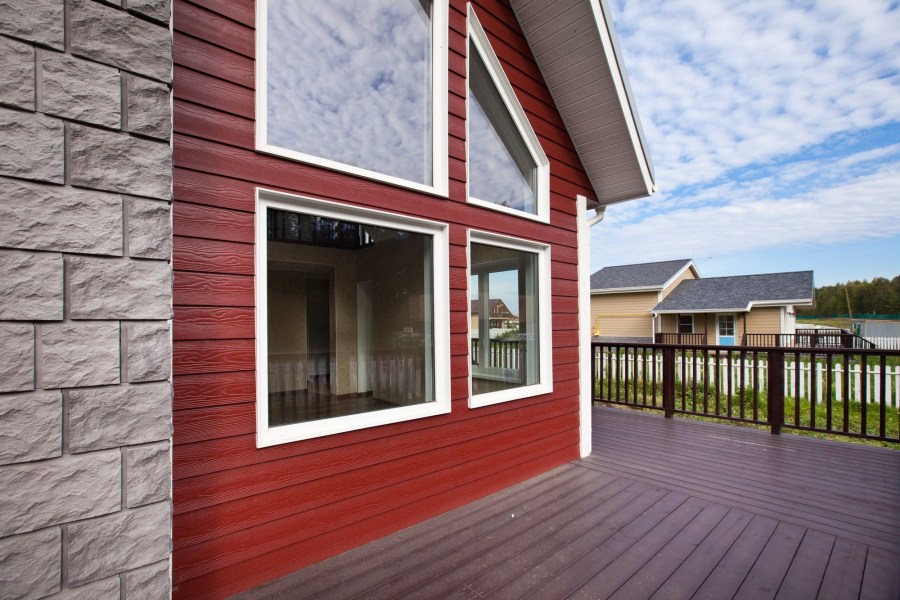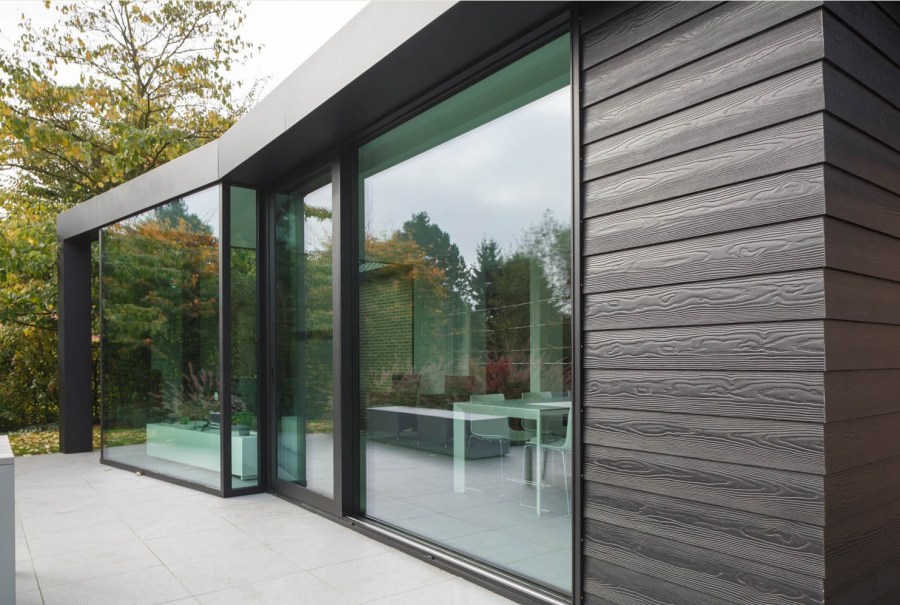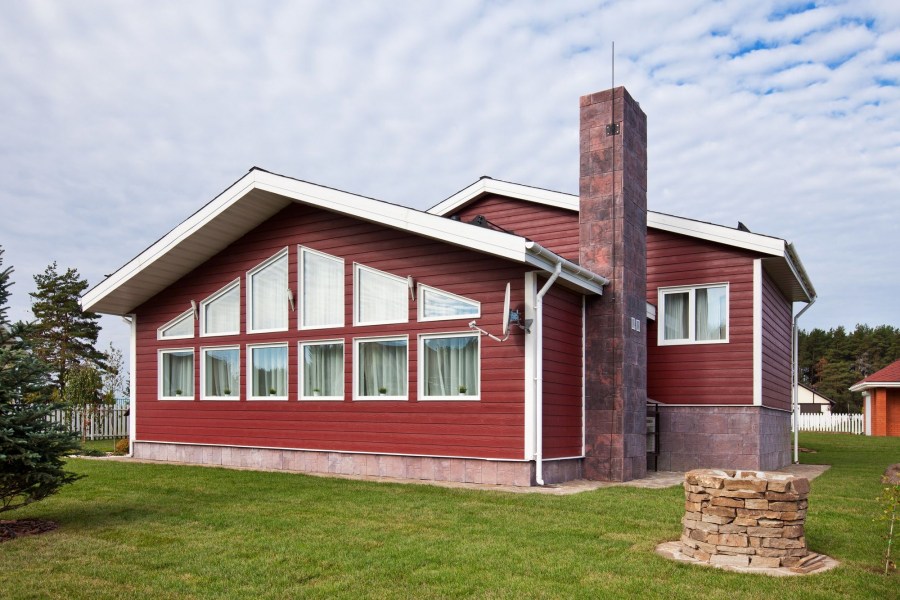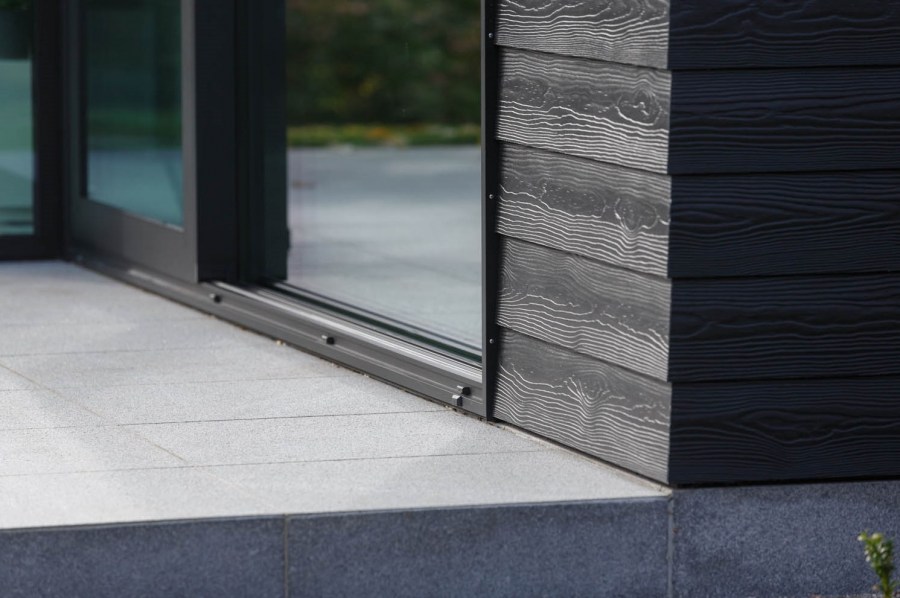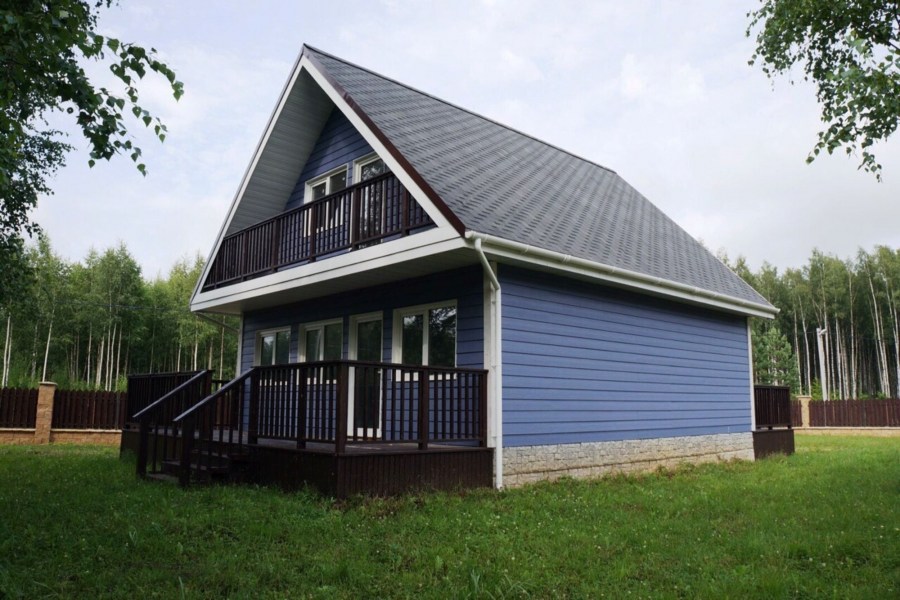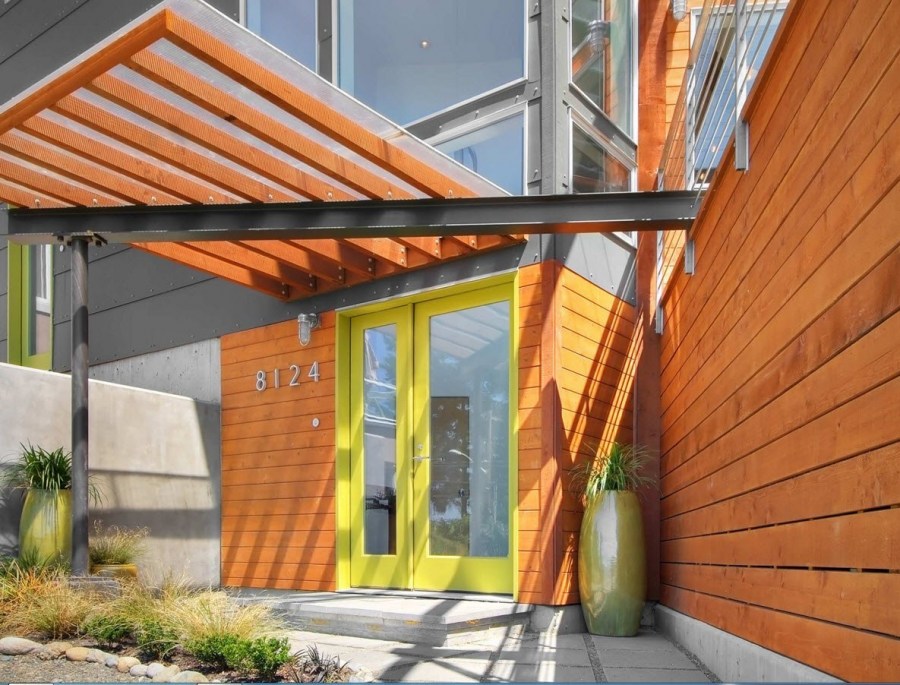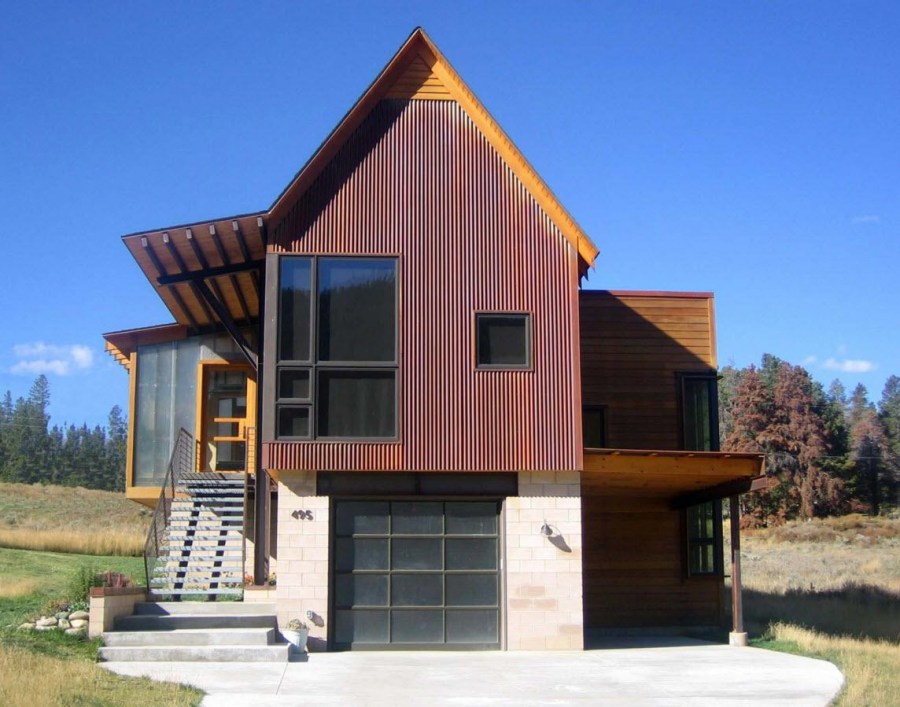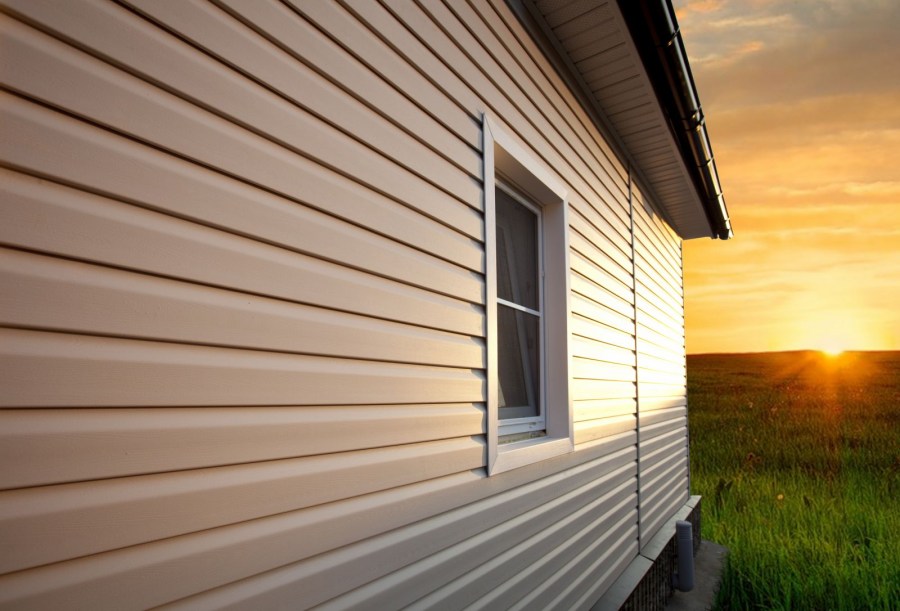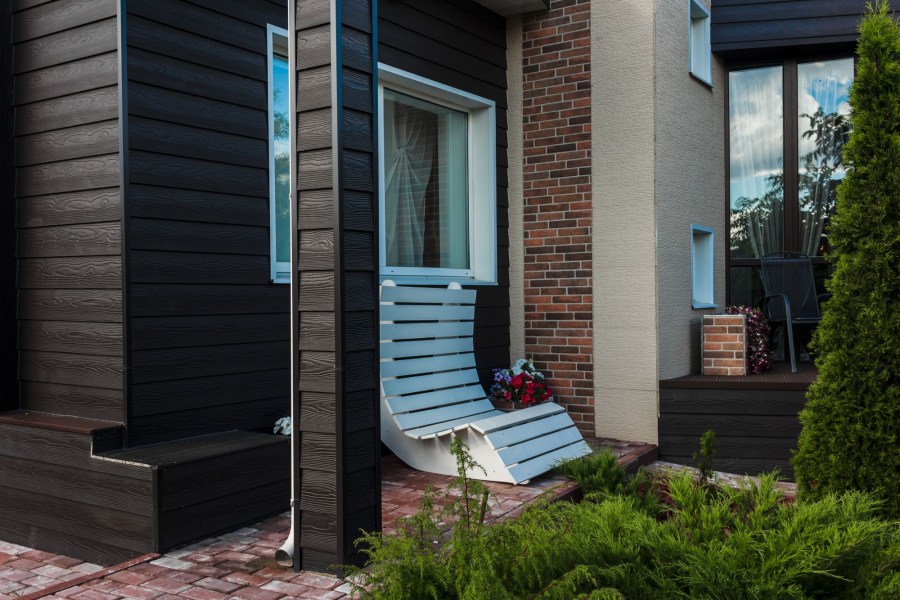Siding for home - an overview of all types (99 photos). Simple installation and siding of a private house siding
Each owner wants his house to be beautiful, warm, cozy and that he wants to realize this desire, is ready to make every effort, spending the necessary time and money. Modern materials and technologies make it possible to obtain the desired result with a minimum of material costs and without the use of complex construction technologies, for example, siding, which is one of such inexpensive and fairly simple options, while allowing you to make your home look original, quite aesthetic and beautiful.
Look at the possibilities of this type of decoration - on the Internet there are a lot of photo siding for the home. You will note the breadth of color solutions, the beauty and variety of design solutions that this type of decoration provides.
Let's dwell on the secrets and features of siding, especially since recently it has become very common and this justified popularity will only grow in the near future.
What is siding
In its most general form, siding is the exterior decorative finish of a building in order to protect it from adverse external influences: wind, rain, snow, etc. For the first time, siding for covering a house began to be used in America, in the mid-nineteenth century: specially planed wooden boards painted in different colors were fixed to the wall at a certain angle, and each subsequent layer hung over the previous one and thus, water flowed down from above without penetrating inside.
In the fifties of the last century, vinyl, metal and special, based on cement mortar, siding panels first appeared in the USA. Modern technologies offer a fairly wide selection of panels, they all differ in their texture, material, size, etc.
Finished panels have special elements for easy pairing with each other, as well as a protective outer coating. The main advantage of siding: durability, excellent protective properties from external influences, ease of installation and maintenance, environmental safety.
What is siding
First of all, let's look at the question: what types of siding for the home exist, since this will allow you to make the best choice for someone who decided to use this simple, but very practical technology.
Wooden
This is a classic version of the material for the manufacture of panels. The main advantages of this type are: the naturalness of the material; the ability to maintain all its properties at sufficiently low temperatures - up to minus fifty degrees Celsius; simplicity of installation work.
However, it is in the properties of wood that the main disadvantages lie: low resistance to moisture, the risk of fire, the need for additional processing to protect against decay and destruction by insects. In addition, wooden siding requires periodic maintenance, namely: painting or varnishing.
One more point must be taken into account: during poor-quality drying of the wood, the panels can become deformed over time, which will cause the appearance of cracks that will need to be repaired.
Wood pulp
In this case, wood chips and special chemical fillers - resins, are pressed under high pressure at high temperatures.
The main feature is low cost, excellent appearance and the ability to make a ventilated building facade.For all that, such panels are short-lived.
Plastic
The most common siding today, and therefore below we dwell on it in more detail.
Metal
The name speaks for itself, while the stamped steel sheets are covered with soil and then with a protective polymer coating. There are galvanized panels.
The advantages of this type of material are obvious: fire safety, durability, excellent appearance, mechanical strength. The disadvantages of metal siding in poor sound and heat insulation, as well as in high cost.
Fiber cement
Manufacturing technology consists in pressing pulp with cement mortar. The advantages of such material in fire safety, high strength, temperature stability and strength, however, the high price, high weight and low color gamut make it not very common.
As mentioned above, the most common option, which accounts for about half of all siding, is plastic.
Let us dwell on it in more detail, since the probability that you decide to finish your home with your own siding using vinyl panels, according to statistics, is about fifty percent.
Plastic siding
For those who know how to count money, they want to make an original exterior decoration, and at the same time - to warm the house with siding, spending a minimum of time and labor, the best solution would be to use vinyl panels. For their manufacture, polyvinyl chloride is used, a material that does not deteriorate over time, does not support combustion, has an excellent appearance and does not “interest” insects.
For all that, the technology of installation works and subsequent maintenance of this type of siding does not require special knowledge and tools, i.e., it can be completely performed independently. Vinyl panels perfectly withstand all adverse external influences: ultraviolet radiation, exposure to water, snow, significant temperature changes.
An important “plus” is a fairly wide range of colors, shades and a variety of textures made in the form of natural wood or otherwise - absolutely smooth.
Plastic siding is not completely tight, and therefore does not interfere with the ventilation of the walls, while the panels are mounted in such a way that all the water flows down without getting inside.
For all its merits, plastic siding has a low price, and on the condition of durability - the average service life is about twenty years, it seems the most acceptable solution for most consumers.
For those who seriously wonder: how to sheathe a house with siding, we note: vinyl siding can be used both for finishing new and old buildings, while the technology of work remains unchanged, except that the old walls must first be cleaned of dirt, traces of decay and mold.
Talking about vinyl siding, it is necessary to recall its separate variety - the basement. All the difference consists only in the thickness of the panels, which is about three and a half millimeters, which is explained by the specifics of use - the panels are used to finish the basement floors of the building.
Siding selection
It is difficult or impossible to give universal advice on choice.Answering the rhetorical question which siding is better for home, we note: it all depends on a personal idea of beauty, practicality, as well as financial capabilities, the external conditions of your region and other factors.
Before making a final decision, think carefully and analyze everything. Consult with the masters, preview the siding catalog and try to simulate the patterns you like for your home: it is very convenient to do this in special programs that allow you to make a three-dimensional model.
You can even use a regular graphic editor, for example Paint.NET or any other, for which you need to open a previously taken photo of your house in the editor and cover the walls with the selected siding: so you visually see how it all looks and make the necessary adjustments.
Photo siding for home
Imitation of a bar - 130 design photos + DIY installation instructions
Fence from the rod: 75 photos of ideas how to create wattle with your own hands
Join the discussion:
